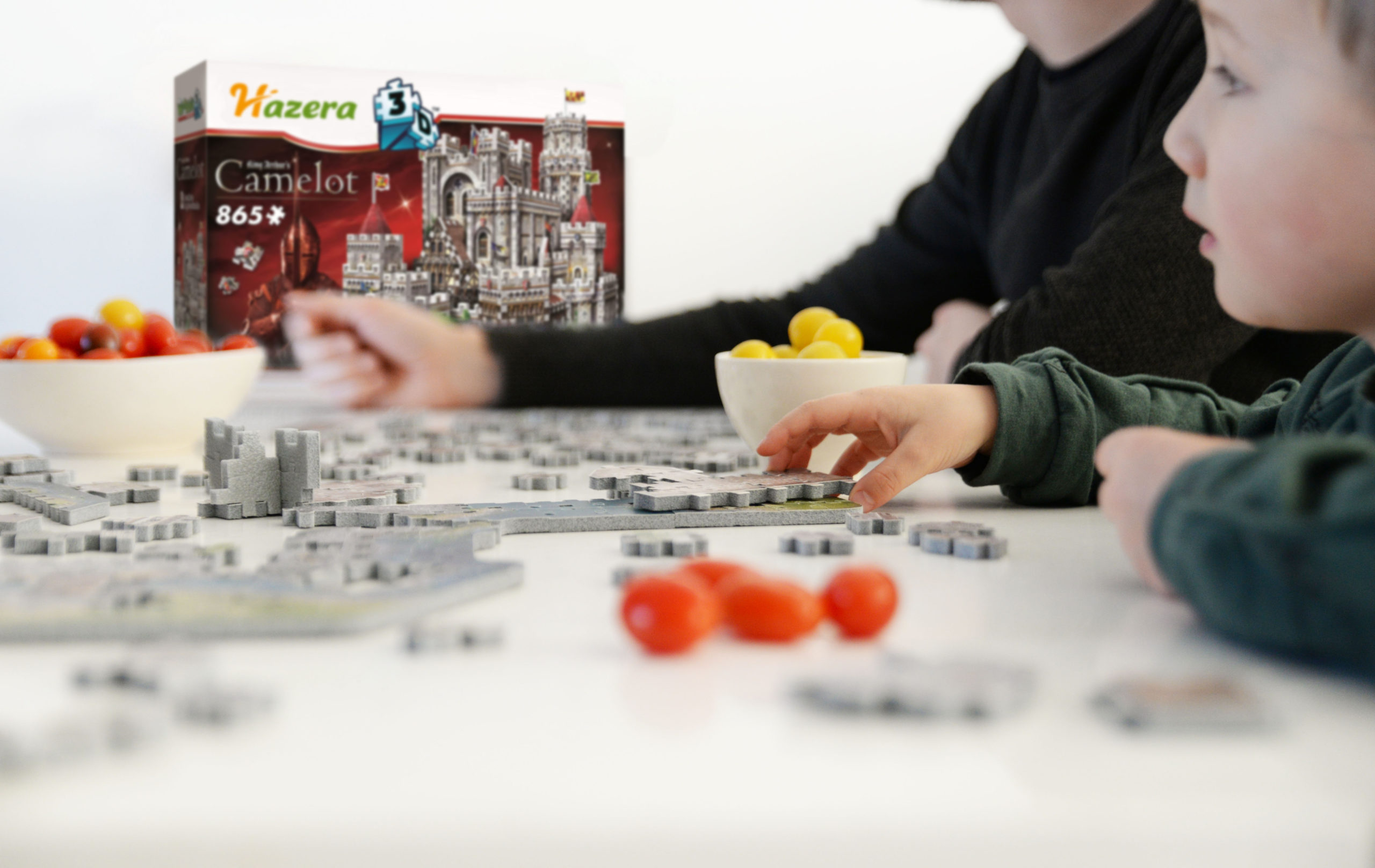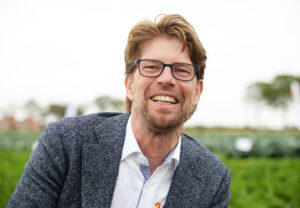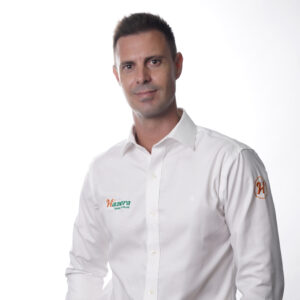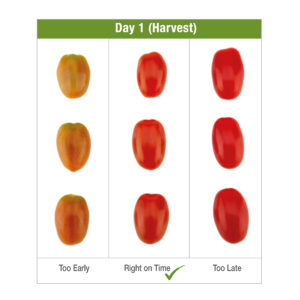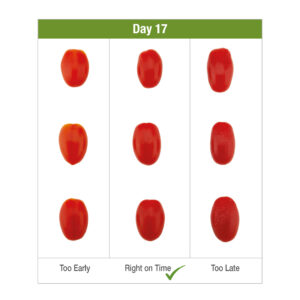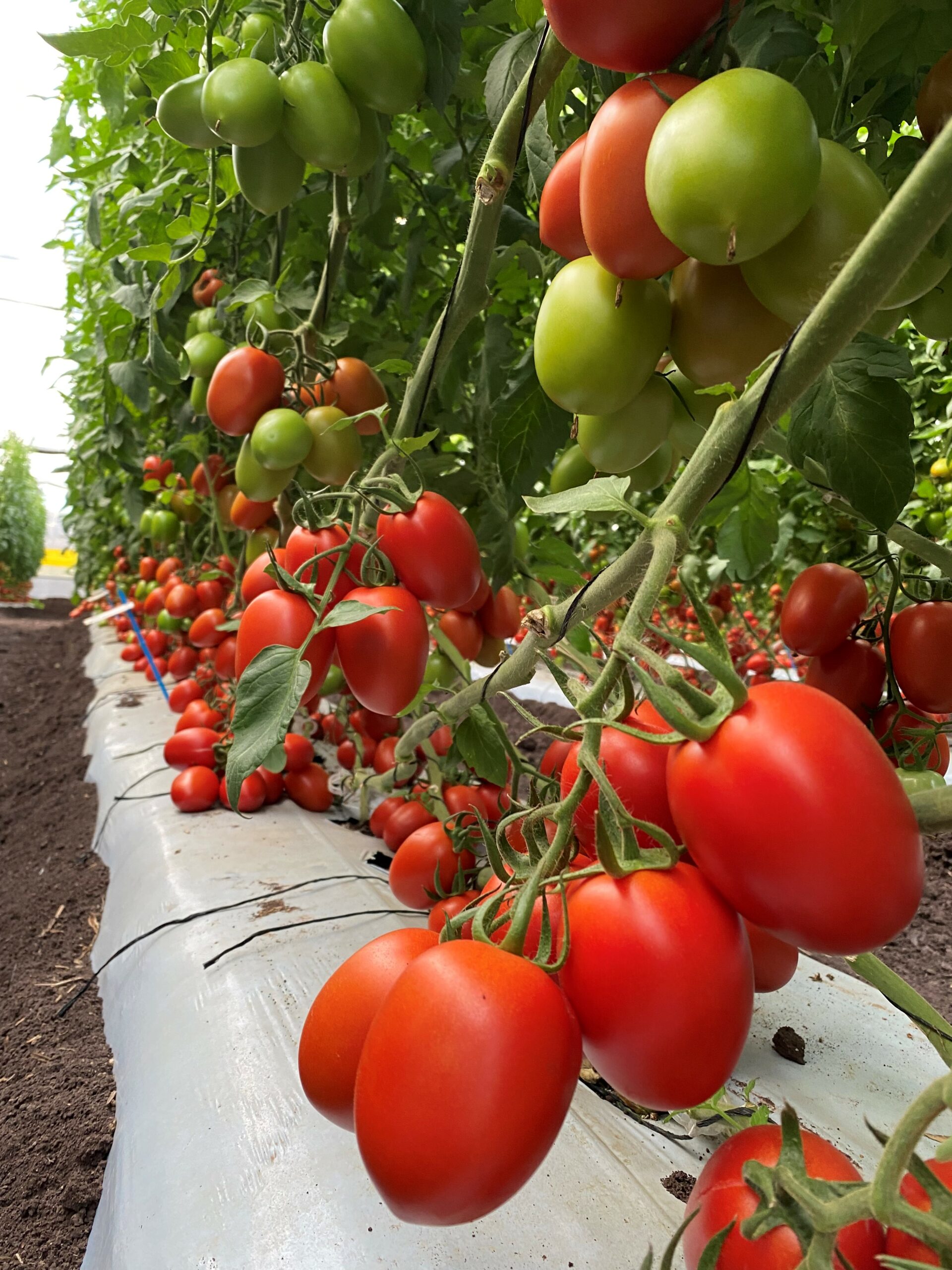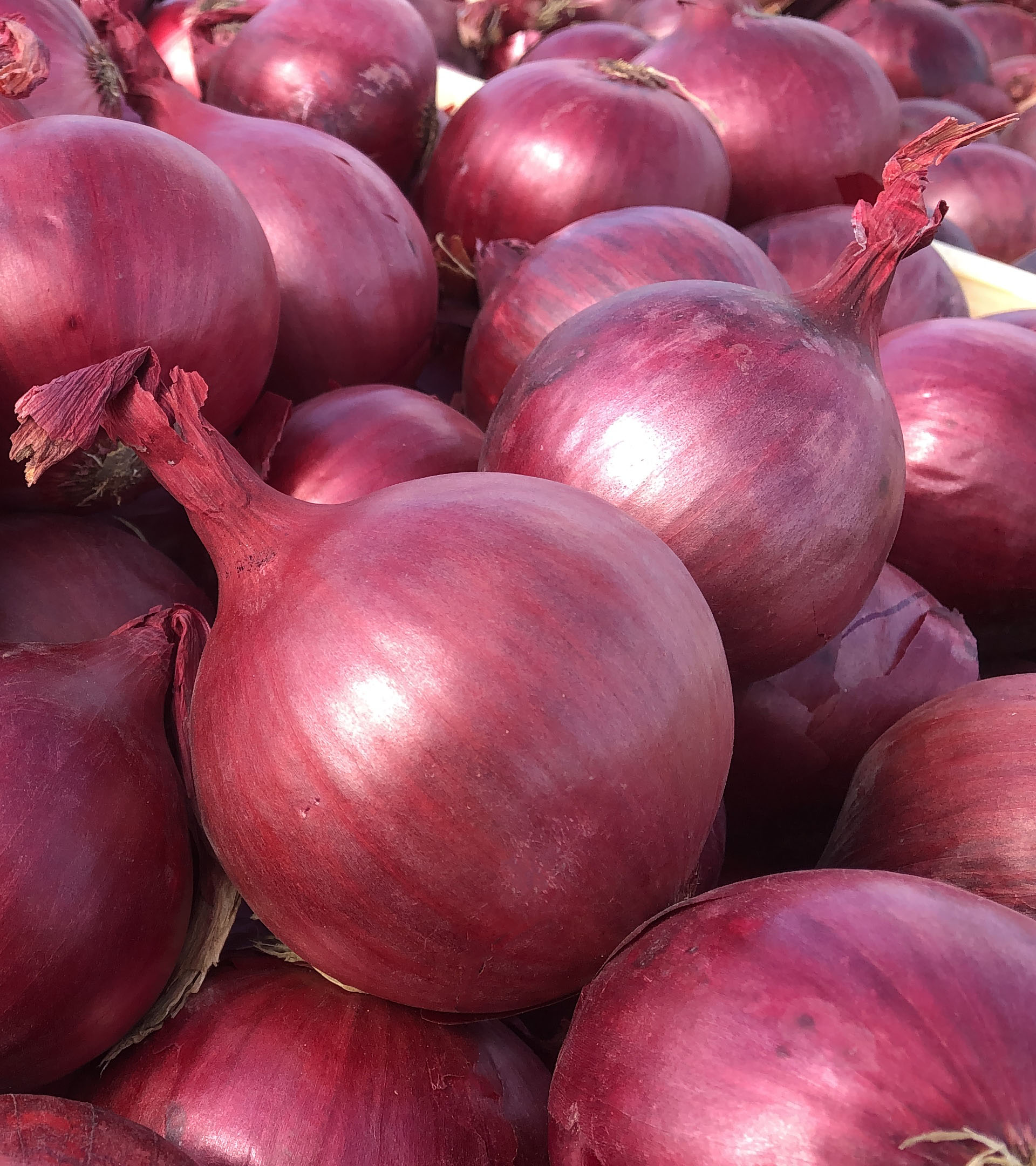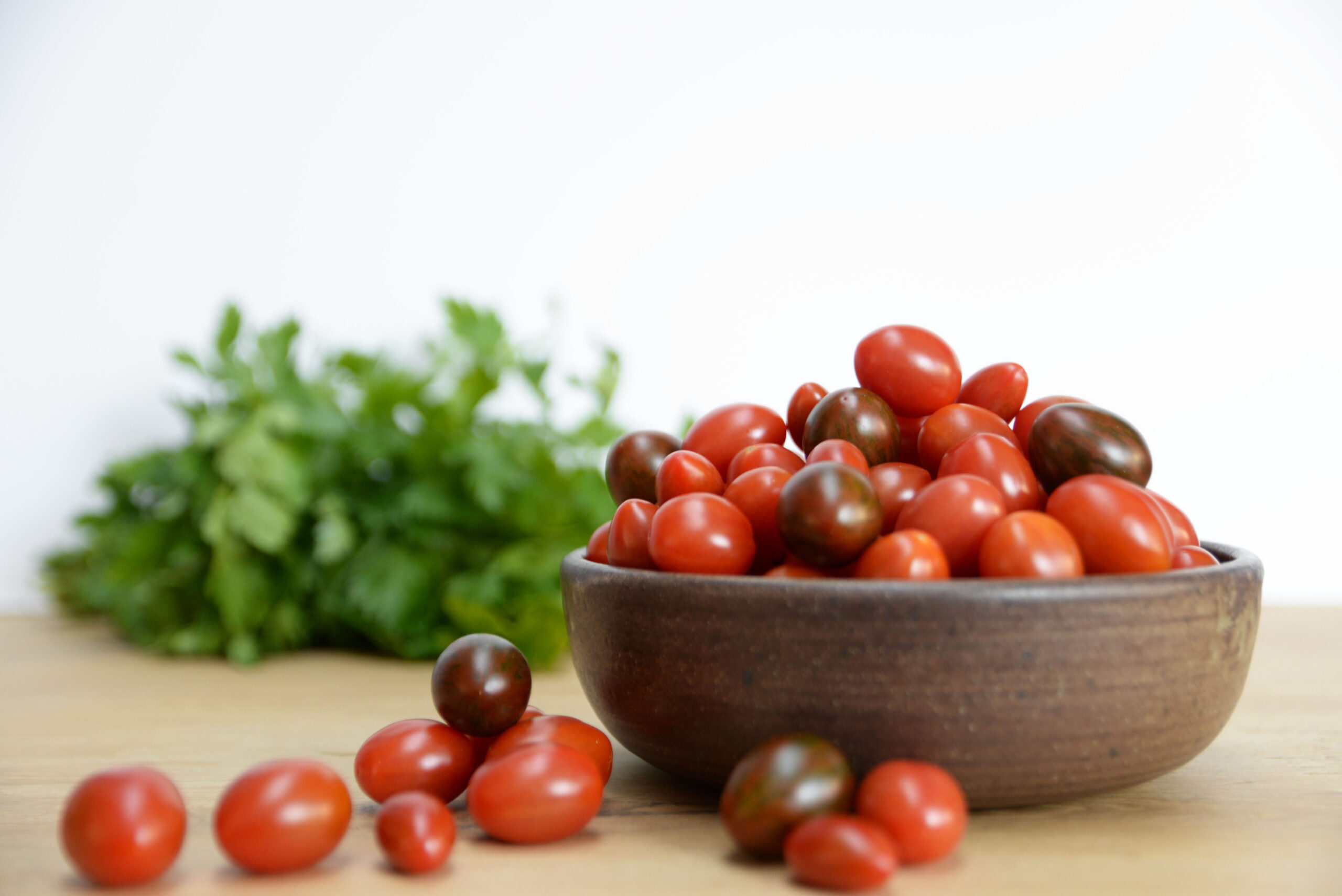Spanish growers have long sought a pepper that combines vibrant color with an ideal fruit size, especially suited for the popular Flow Pack packaging format demanded by markets like the United Kingdom.
Hazera developed Insignia, a standout yellow blocky pepper, with exactly these needs in mind, bringing a high-quality option that meets market standards and consumer expectations. Insignia was introduced six years ago to the Spanish market and is cultivated specifically for greenhouse environments.
Insignia is more than just an attractive yellow pepper. It has been a game-changer in sustainable farming practices. As one of the first yellow pepper varieties to offer Lt resistance, Insignia allows growers to cultivate under reduced treatment conditions, helping to reduce chemical dependency.
As a global leader in the seed industry, Hazera knows that success starts with trust. Initially, some growers were hesitant to embrace the reduced treatment approach, even with Insignia’s disease resistance. Demonstrating our dedication, we worked side-by-side with growers, sharing expertise and crop management tips to help them overcome their concerns.
Jose Manuel López Vargas, a grower from Almeria who has been cultivating Insignia since its debut, stated: “Insignia is a high-yield variety, giving me confidence year after year. I plan to continue growing it in the years to come.”
Today, Insignia is the leader for early-season production in Spain, with nearly 50% of the market share. Its adaptability has also been proven in successful trials in Poland, reflecting Hazera’s ability to combine global innovation with local expertise. This variety enables growers to achieve high yields and provide fresh, nutritious produce to northern Europe during the winter months—a testament to our belief that the fruits of our labor strengthen people and communities worldwide.
As a testimony to Insignia’s success, when the cooperative MABE in Almeria conducted a thorough evaluation of the variety, their quality control manager, Jesús Alvarez, said: “This variety meets all our requirements, enabling us to provide our customers with a Flow Pack program of great quality, featuring vibrant yellow color, size, and consistency.”
Looking ahead, Insignia is expected to maintain its leadership position, backed by Hazera’s ongoing commitment to innovation. New hybrids are in development to reinforce our dedication to offering resilient, high-performance varieties. At Hazera, we remain focused on creating seeds that empower growers, enrich communities, and contribute to a healthier, sustainable future.
Would you like to learn more about Insignia? Don’t hesitate to contact us.

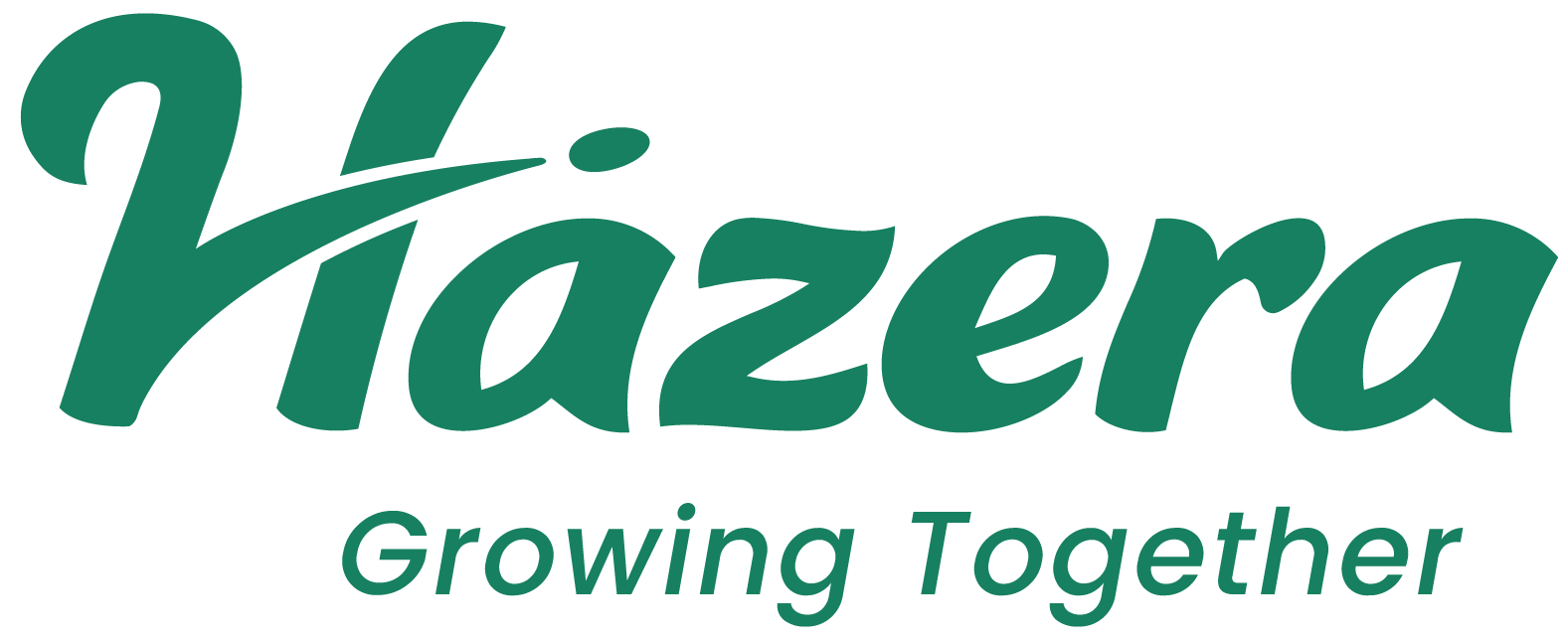
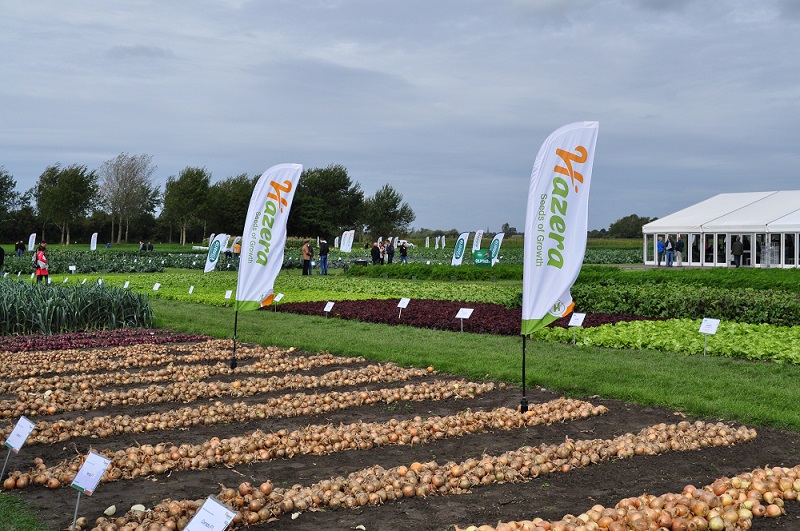

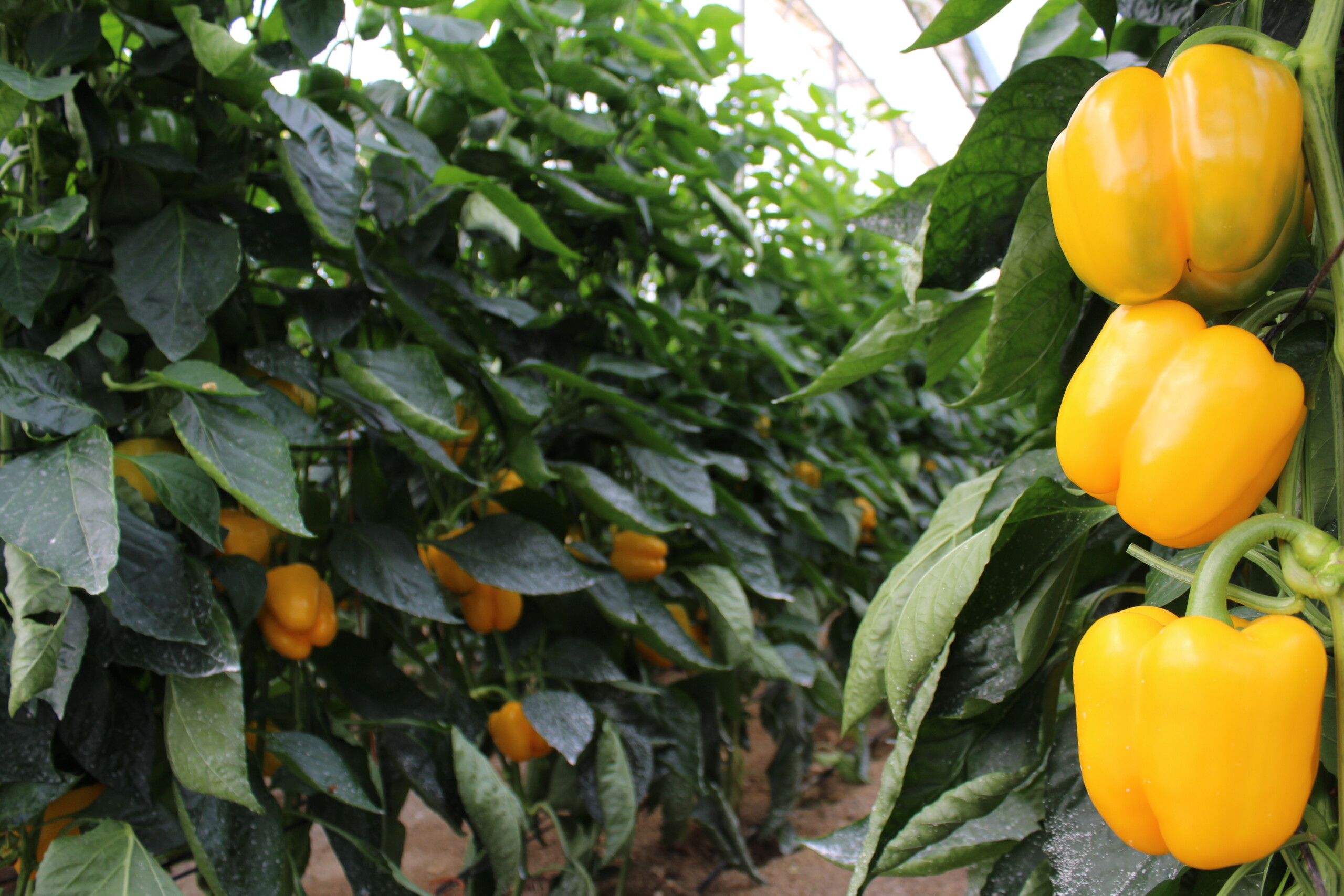
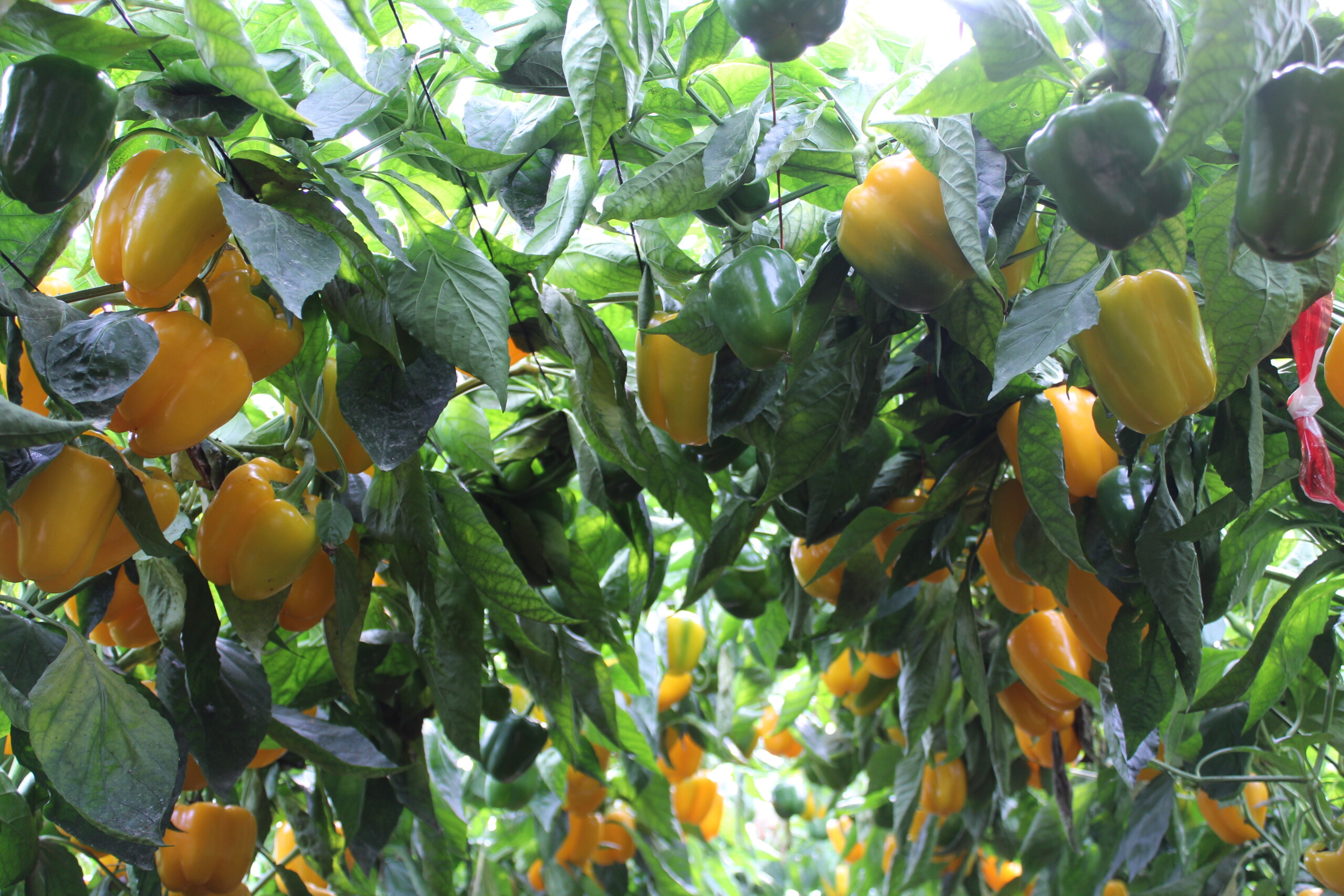

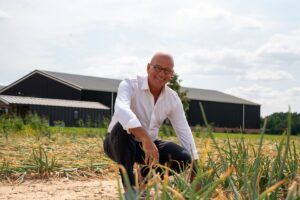
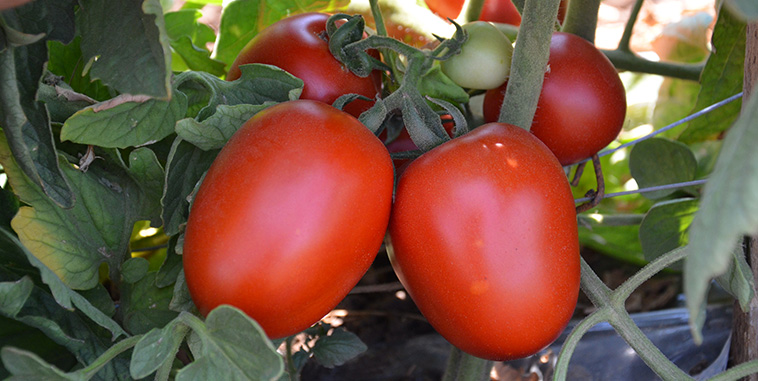
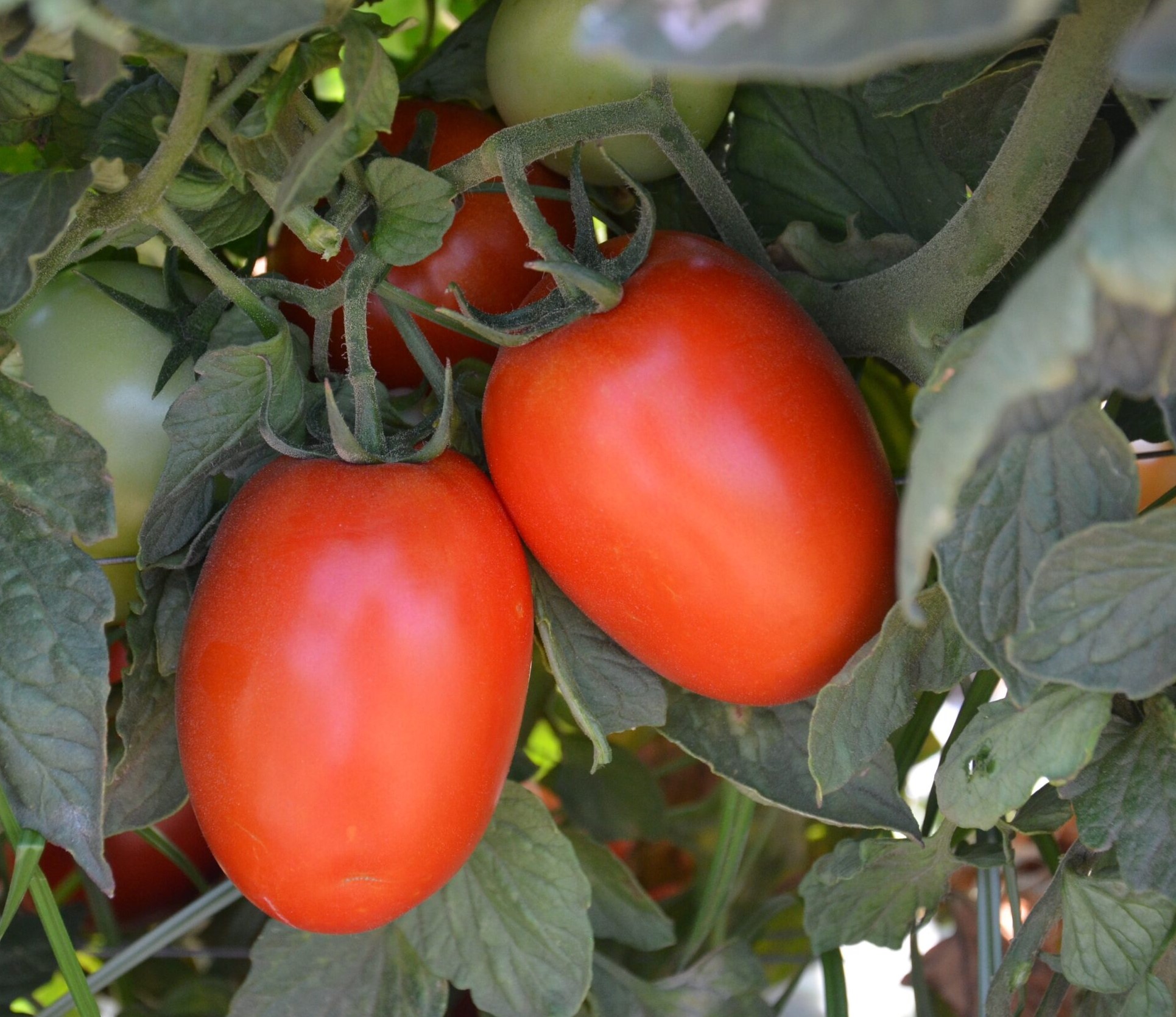
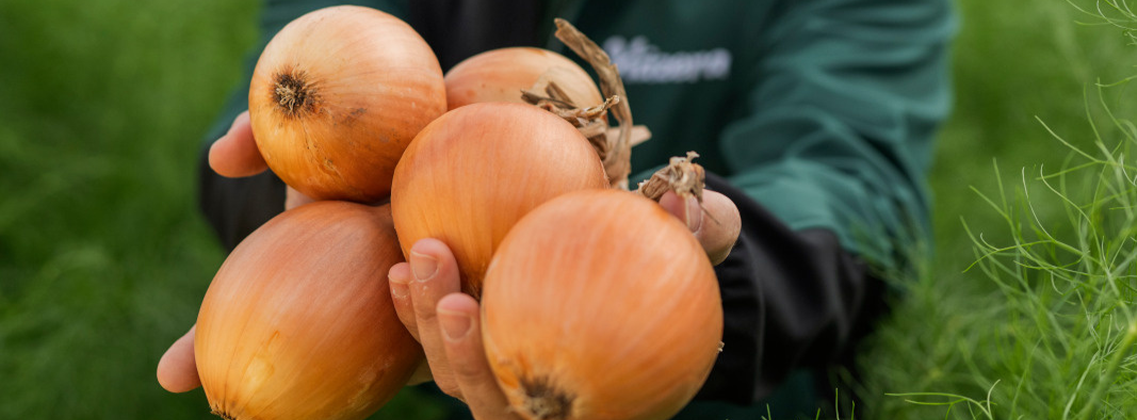
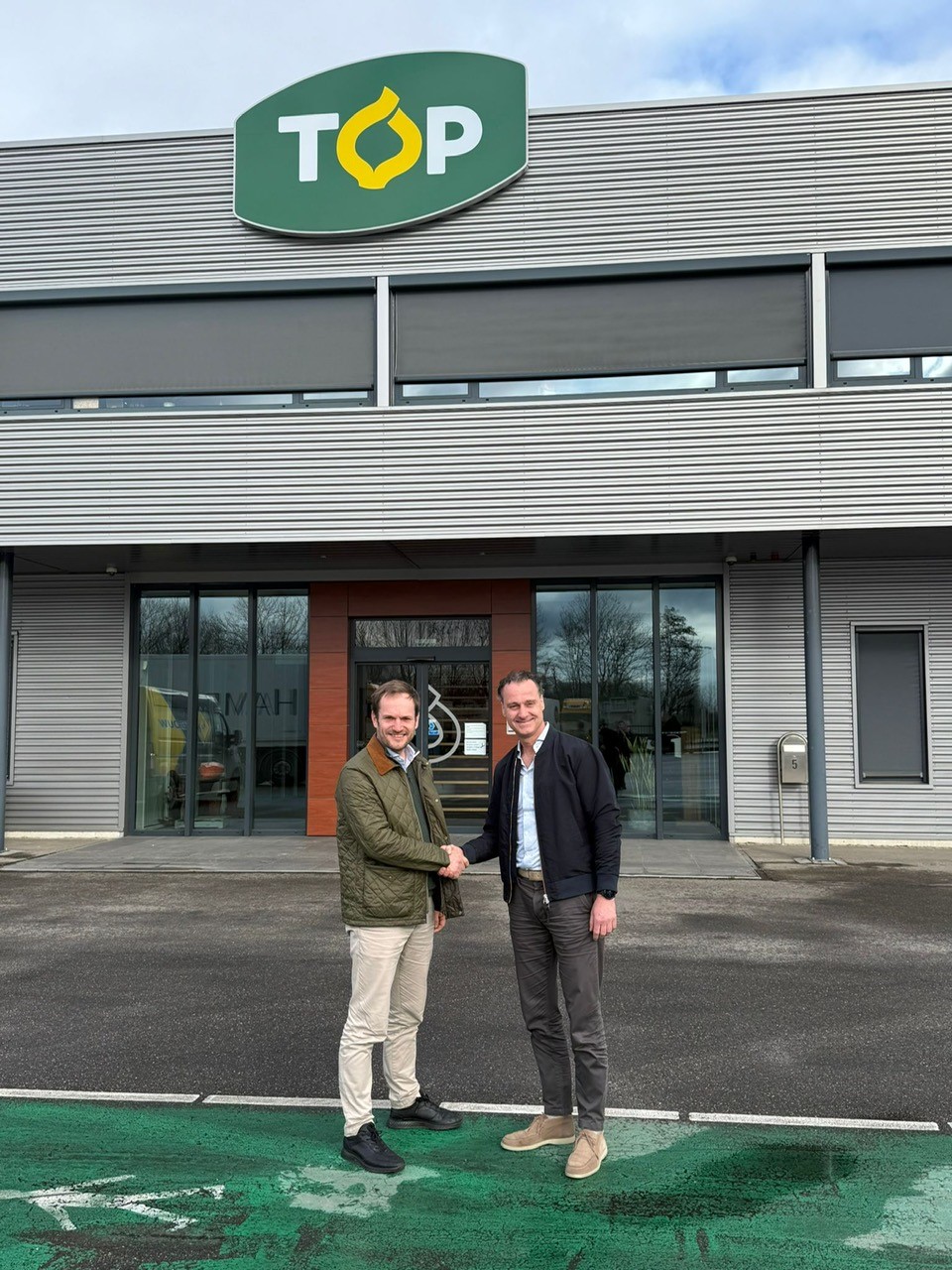
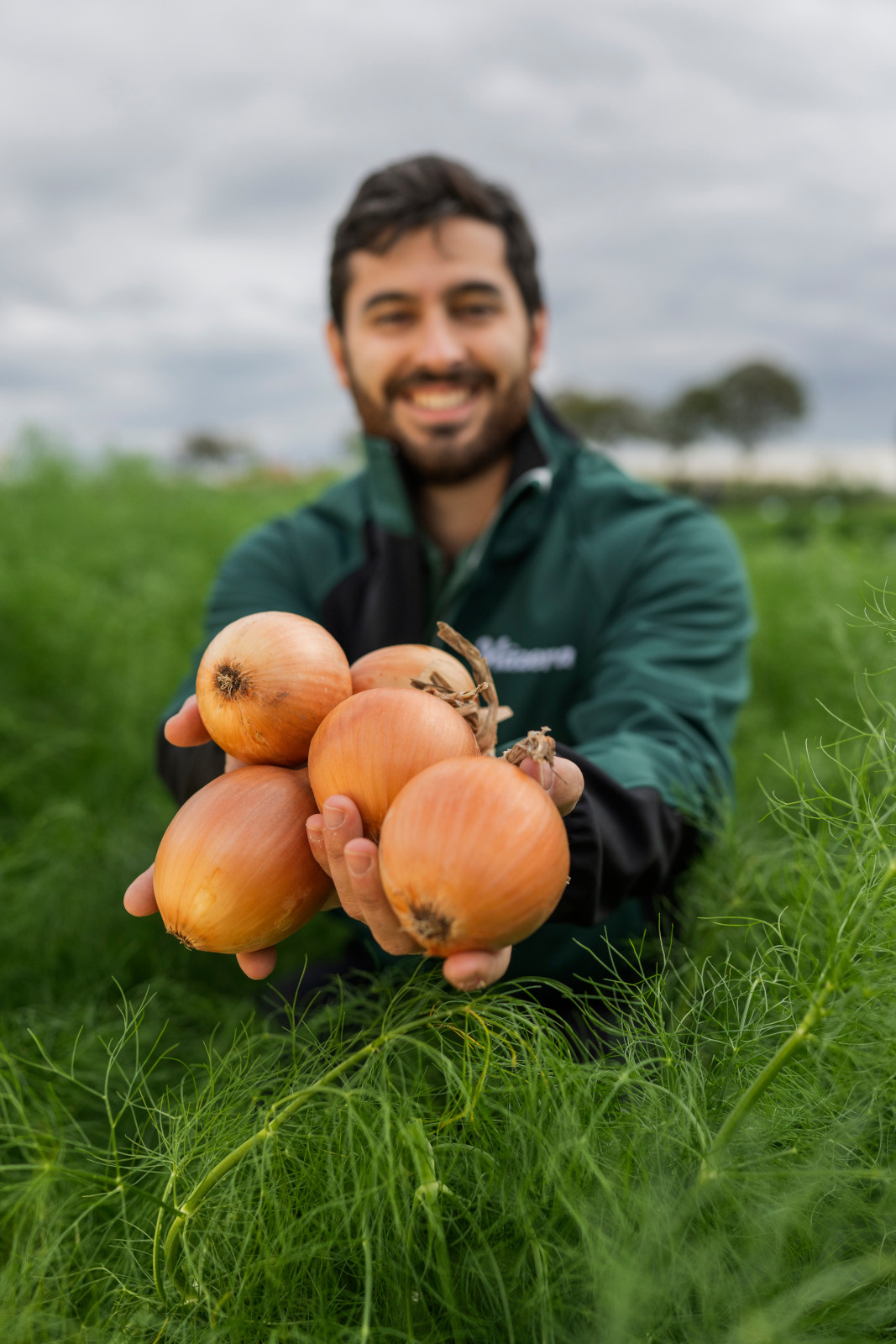
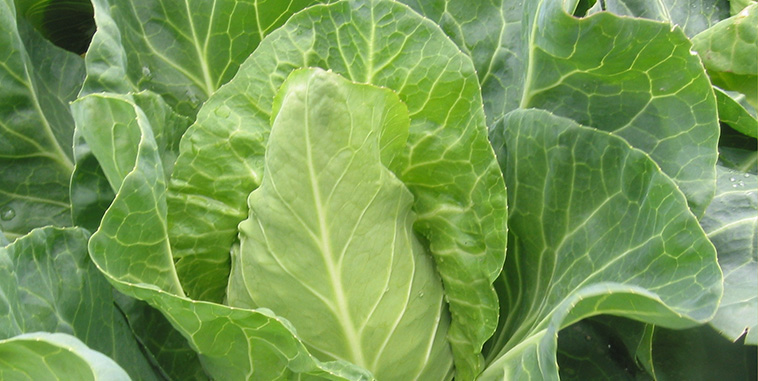
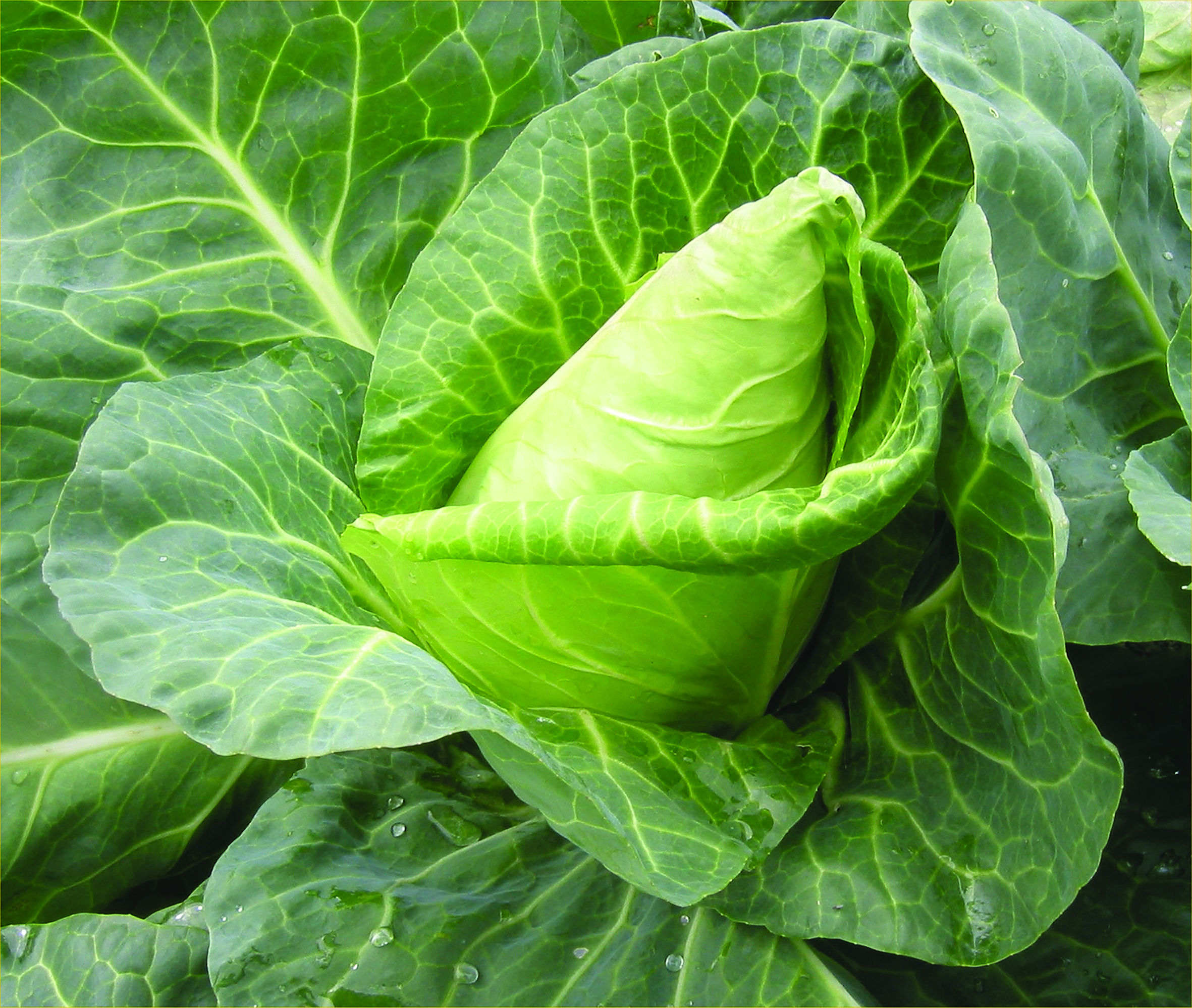
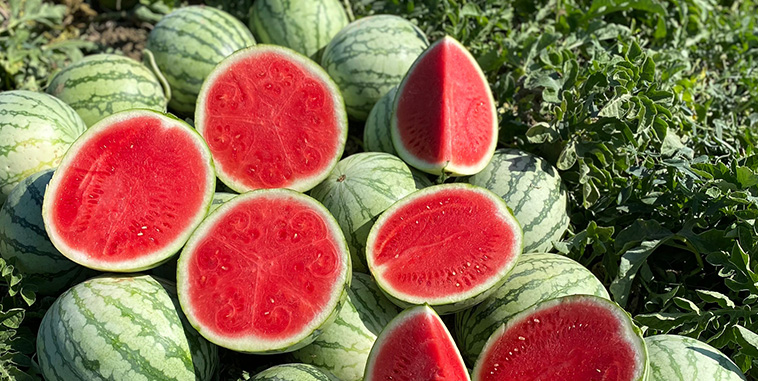
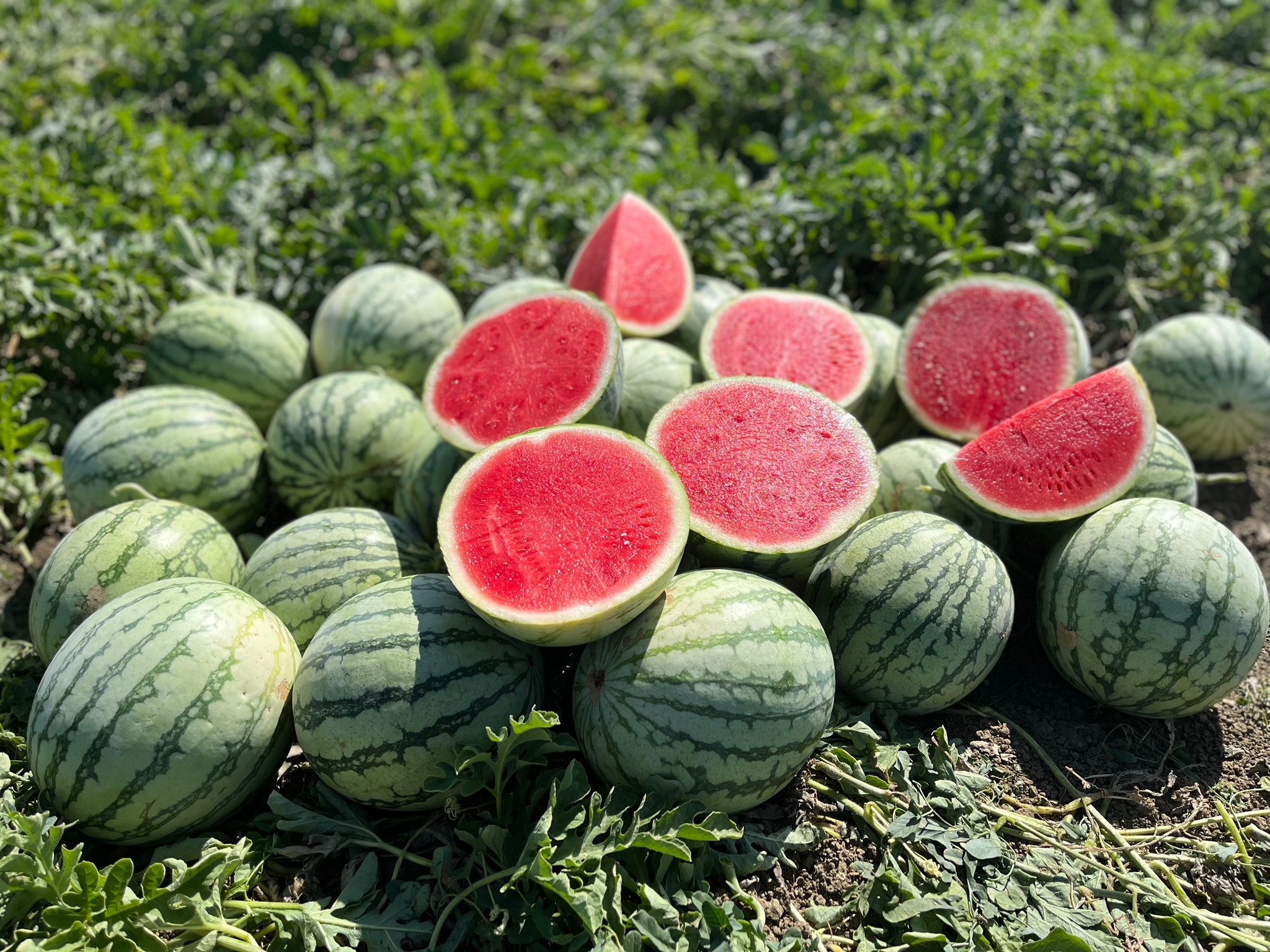
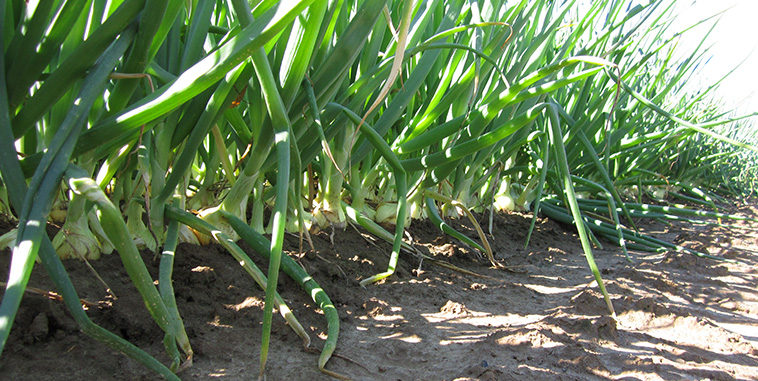
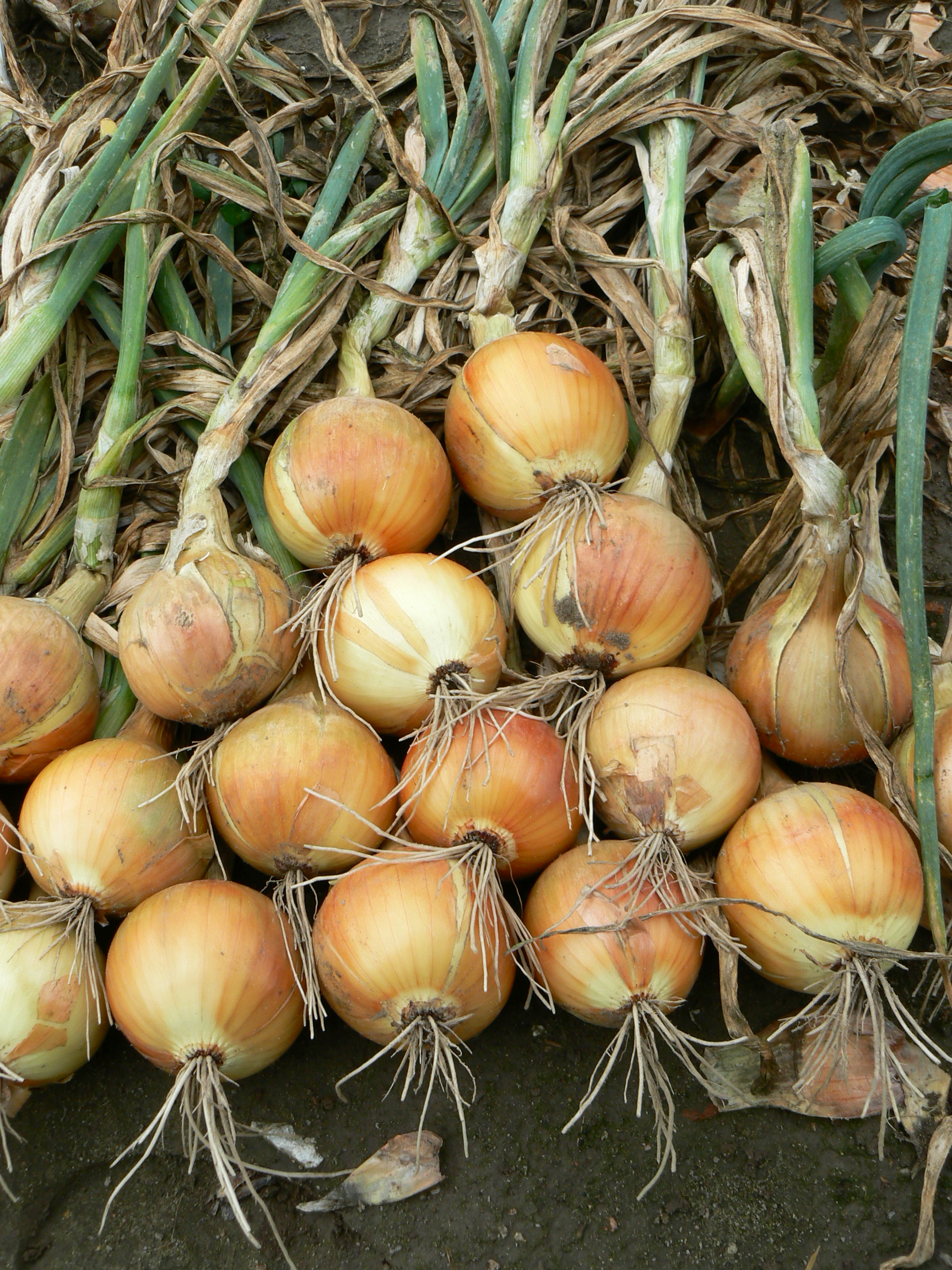
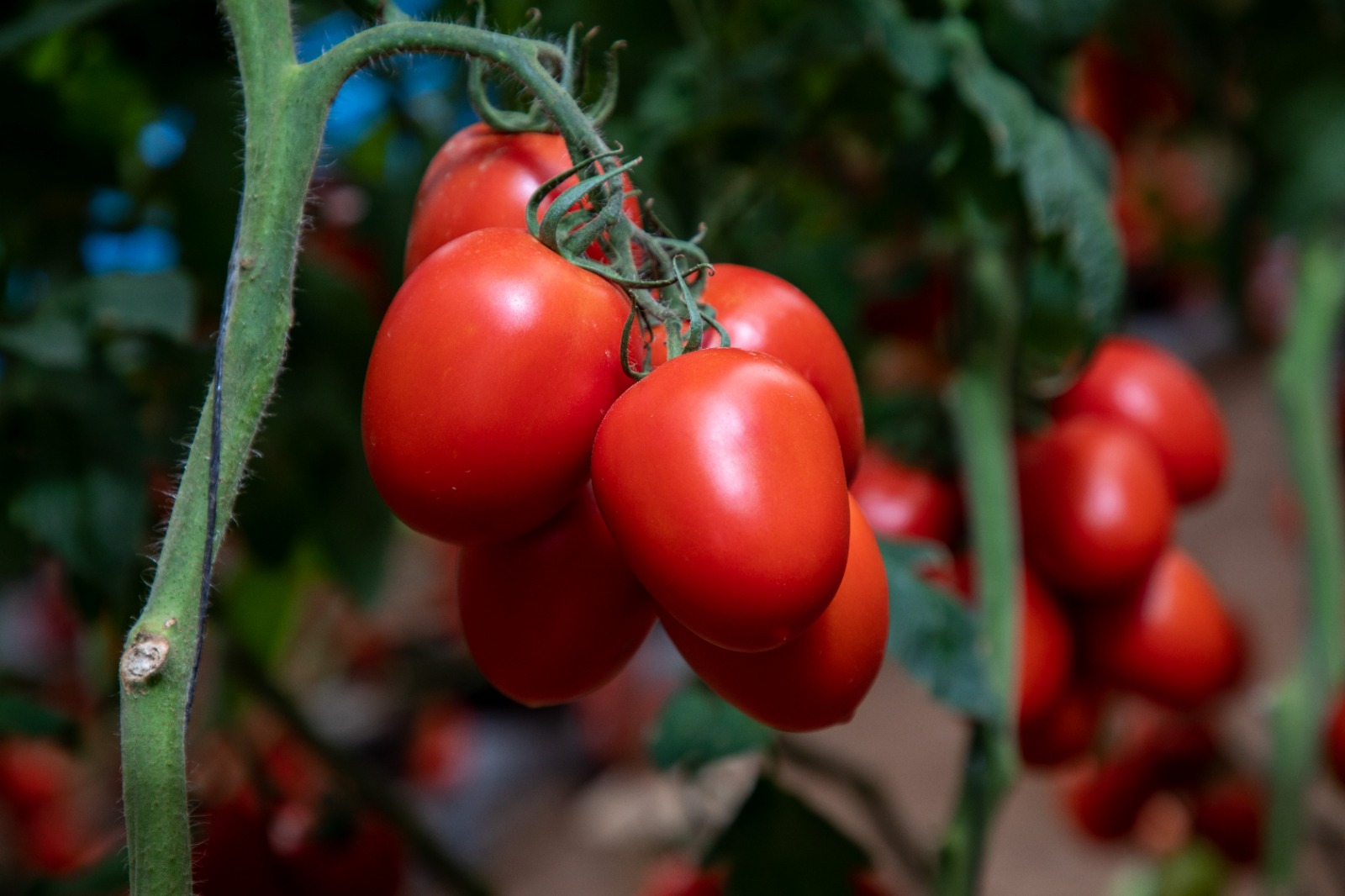
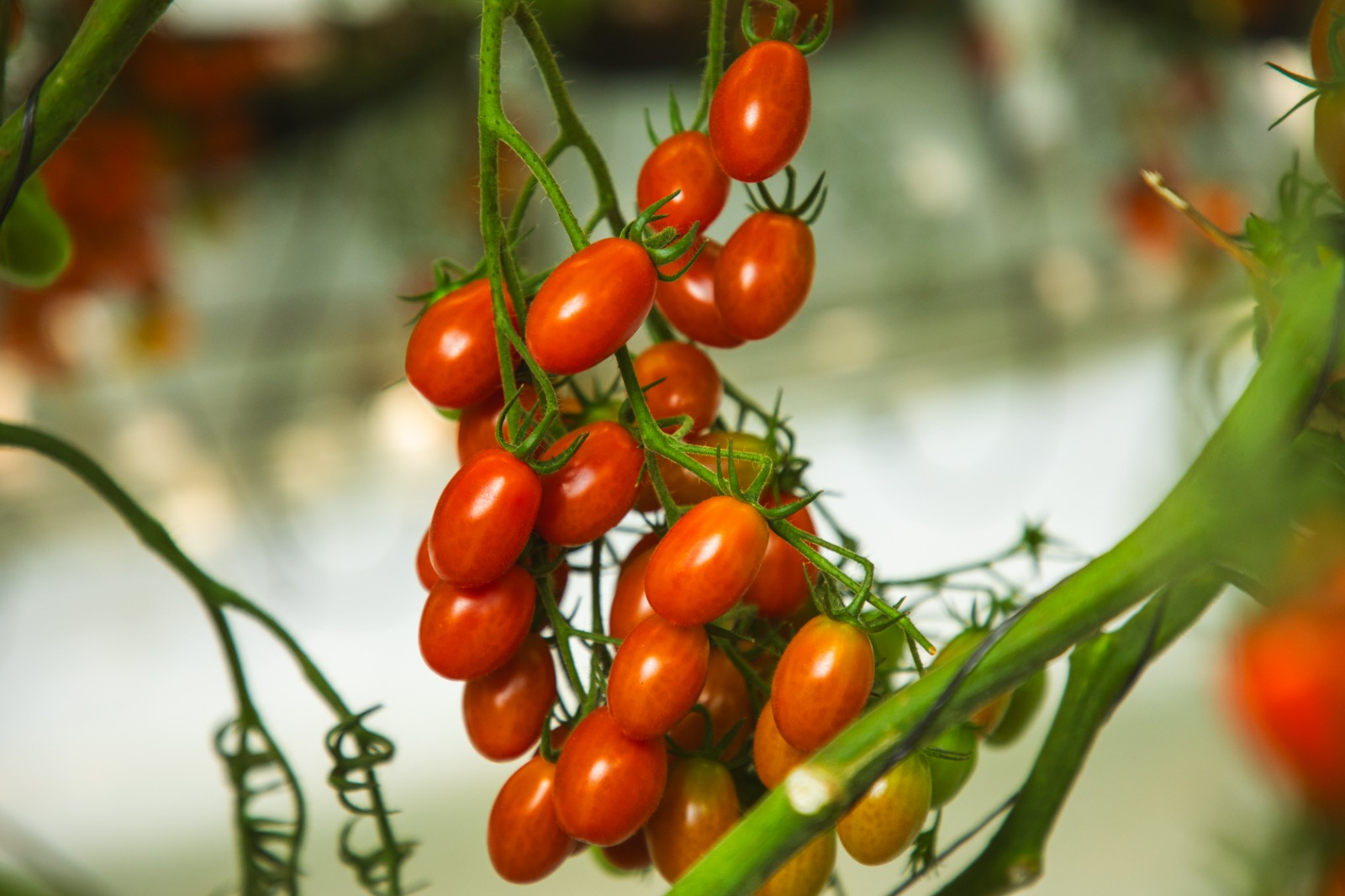
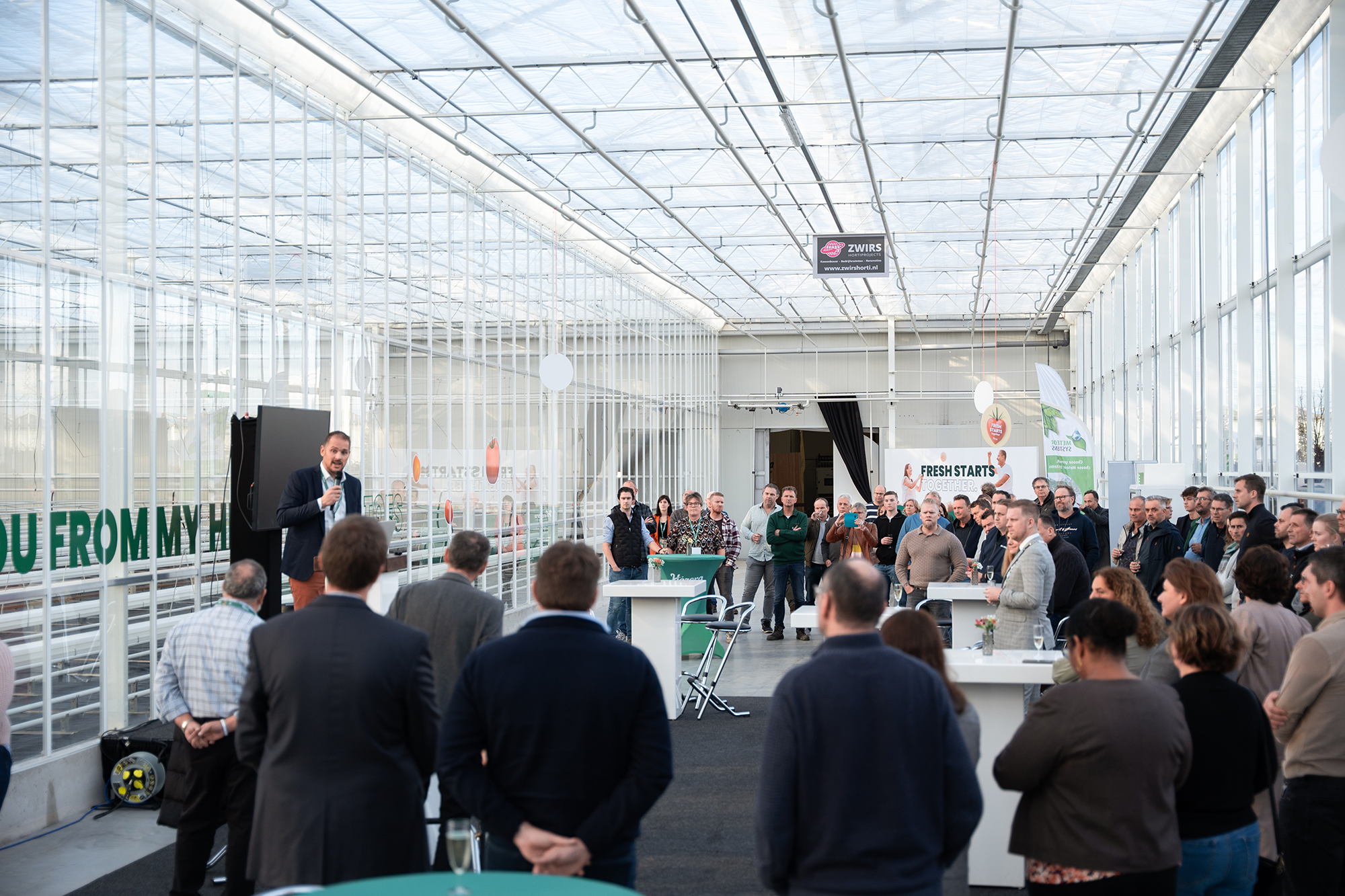
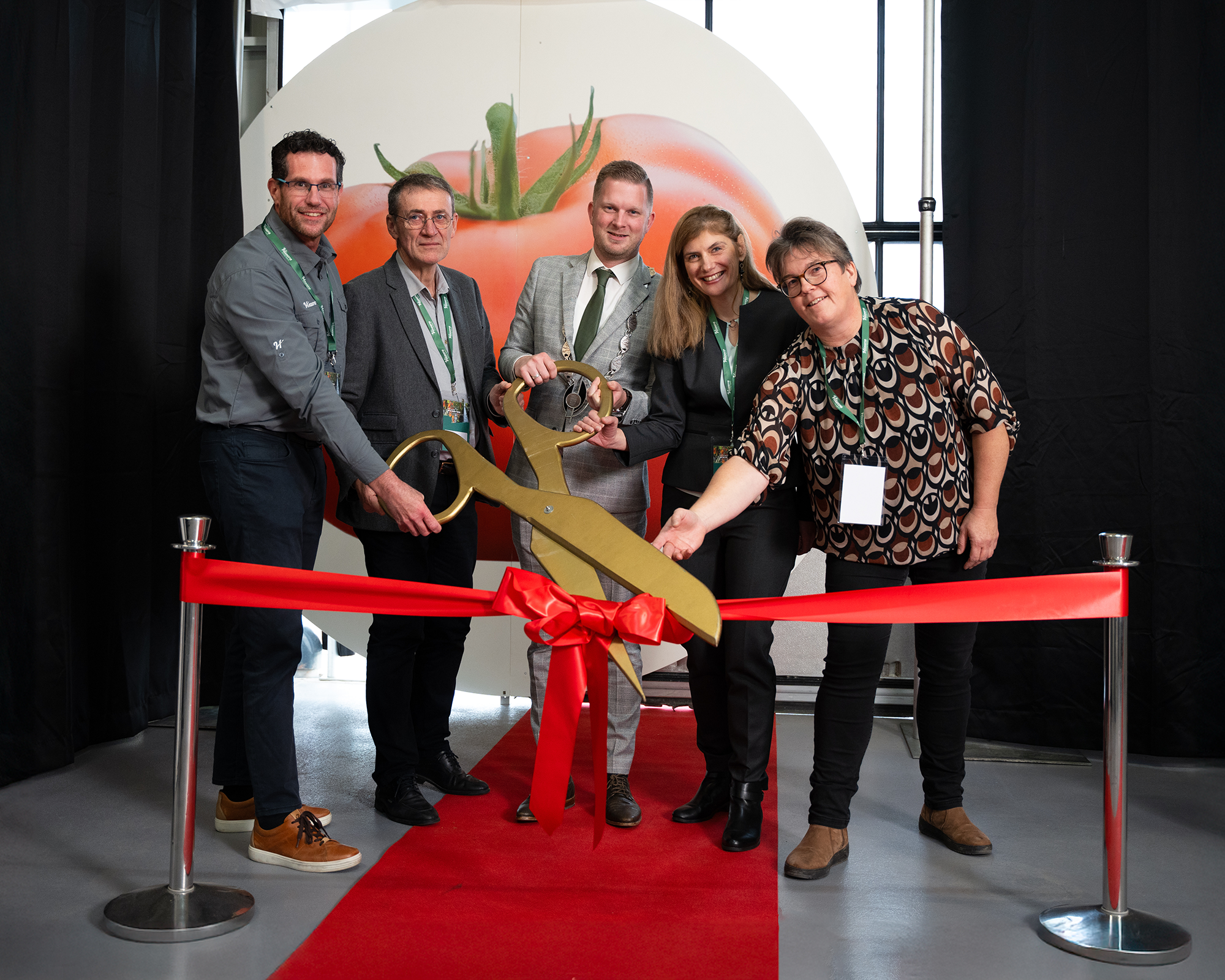
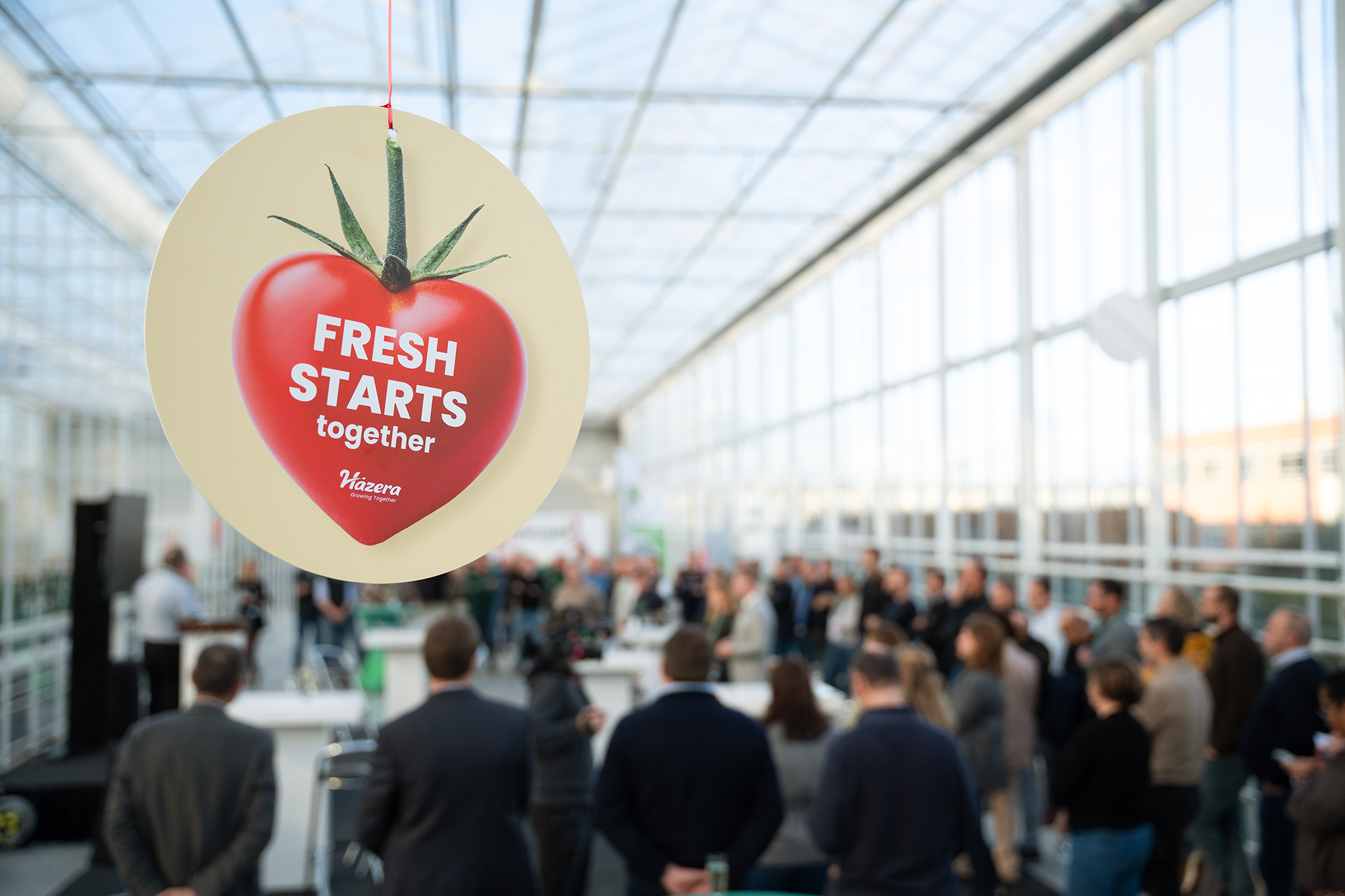

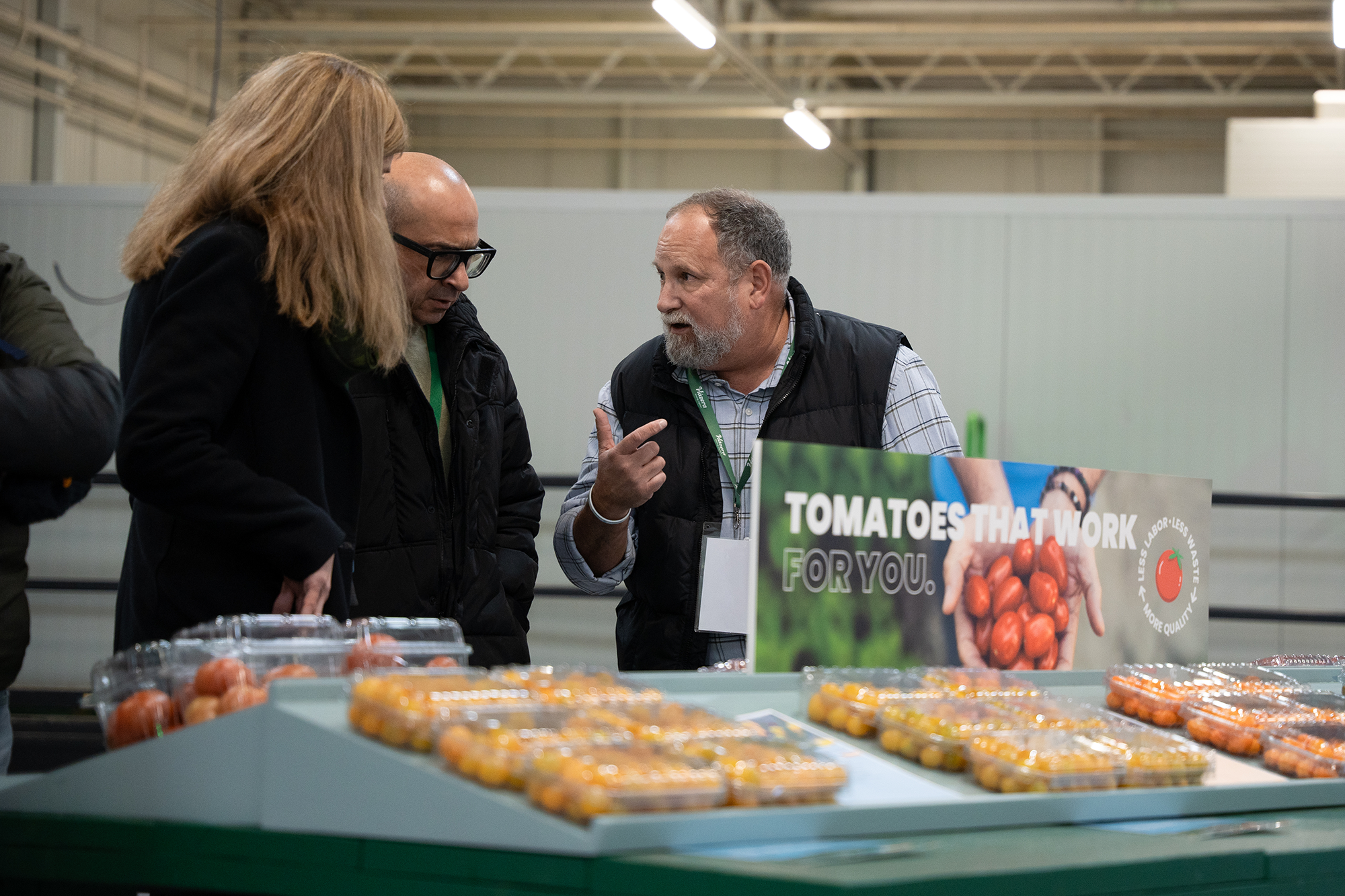

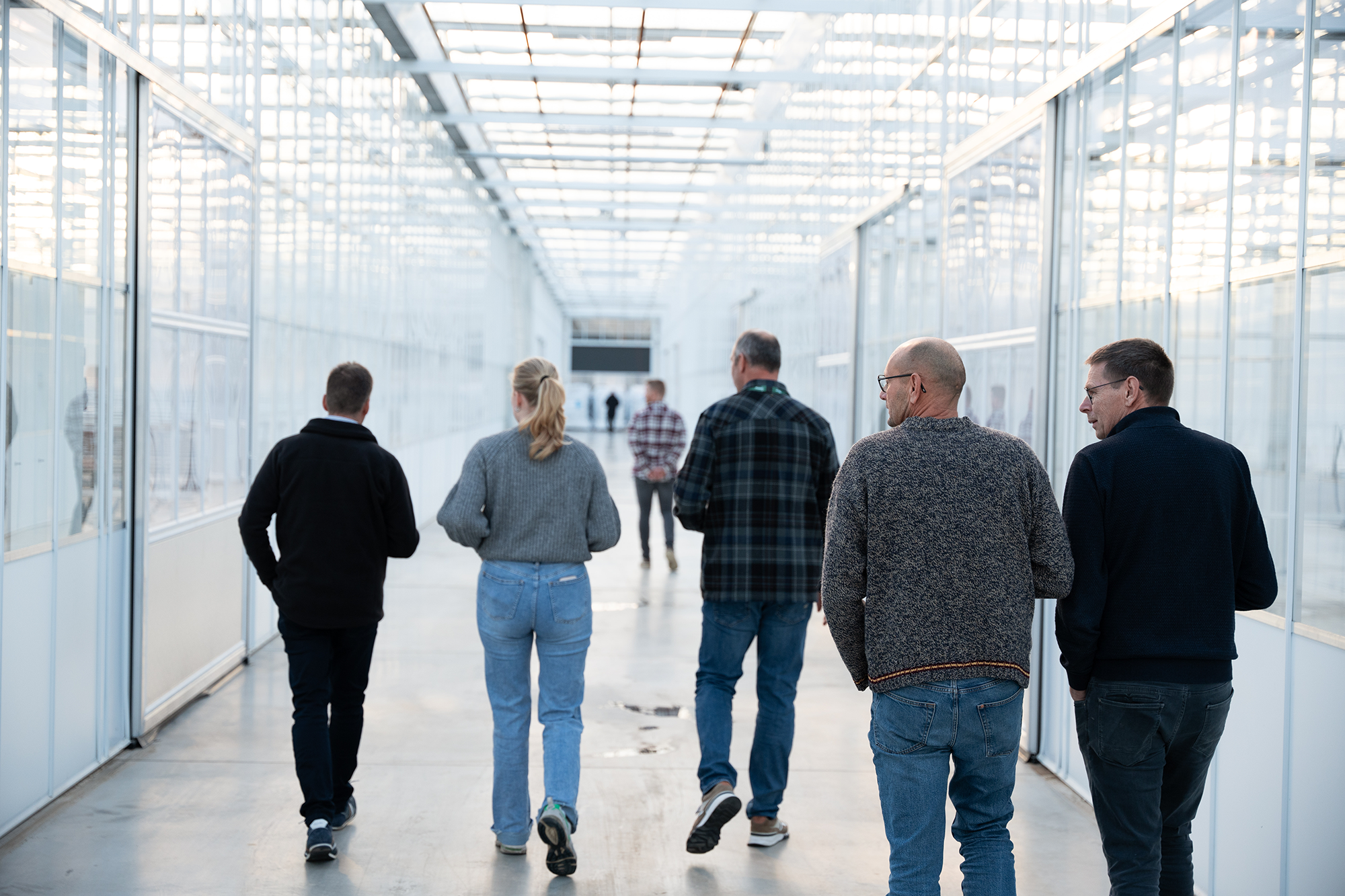
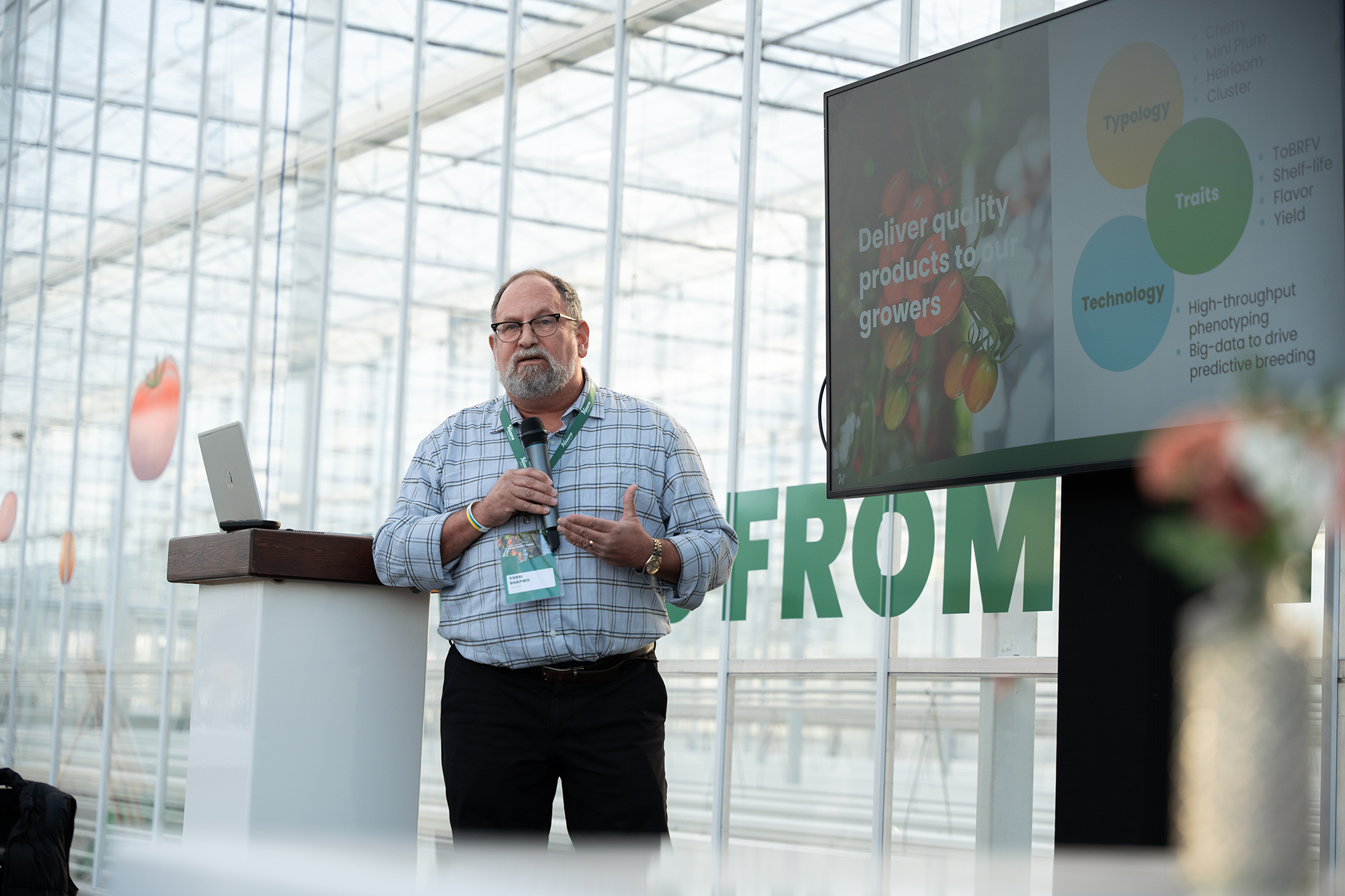
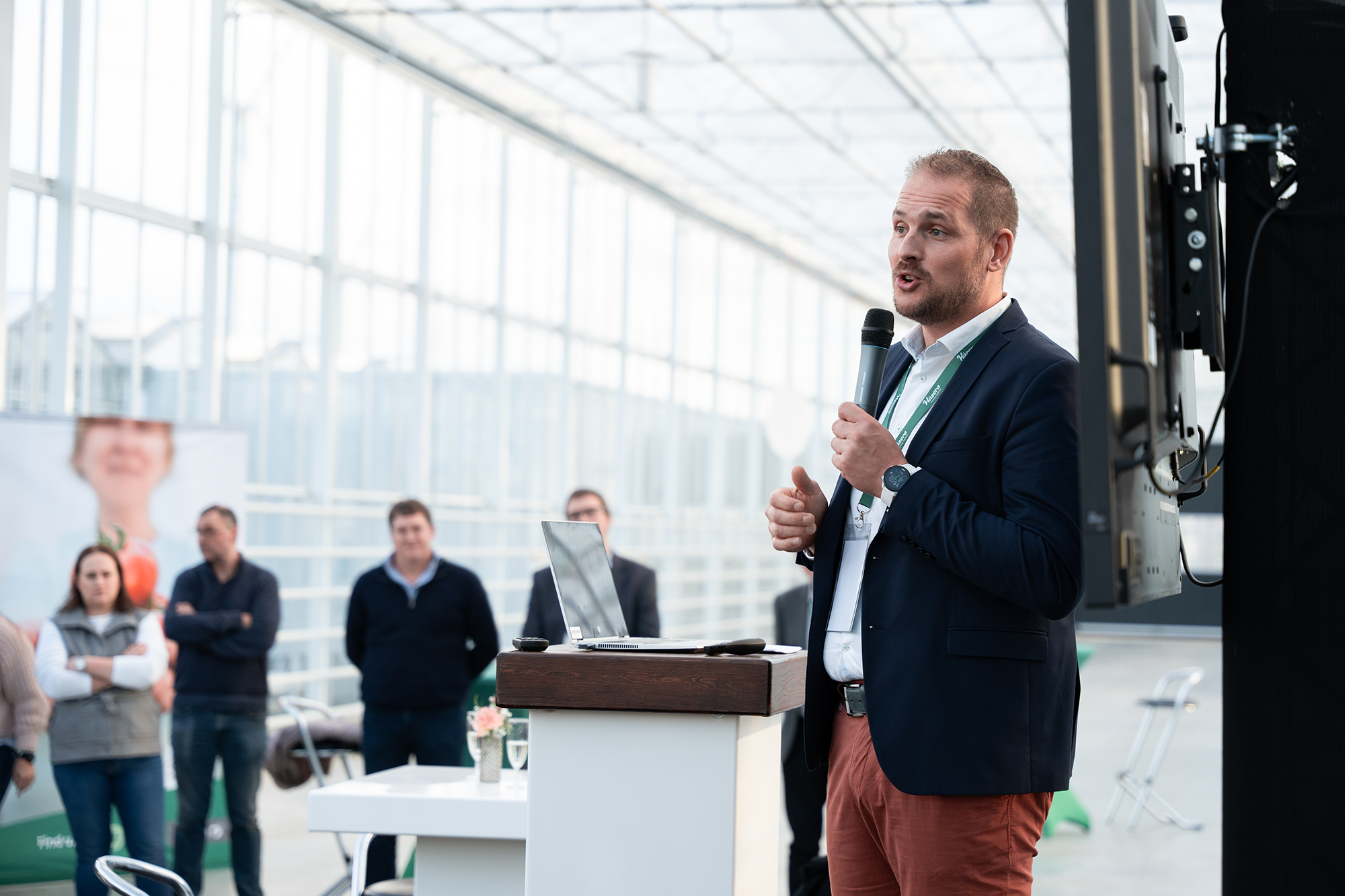
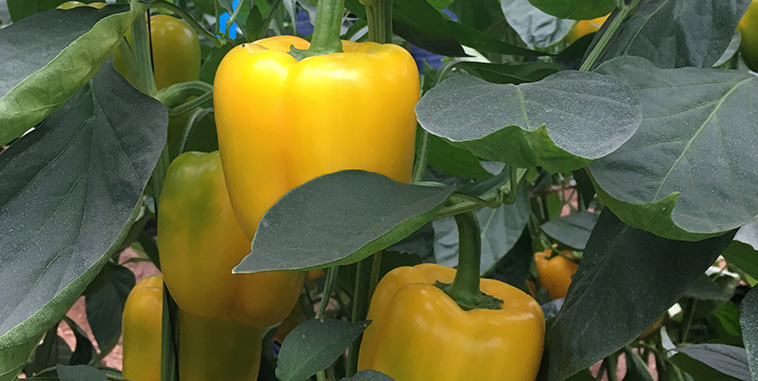
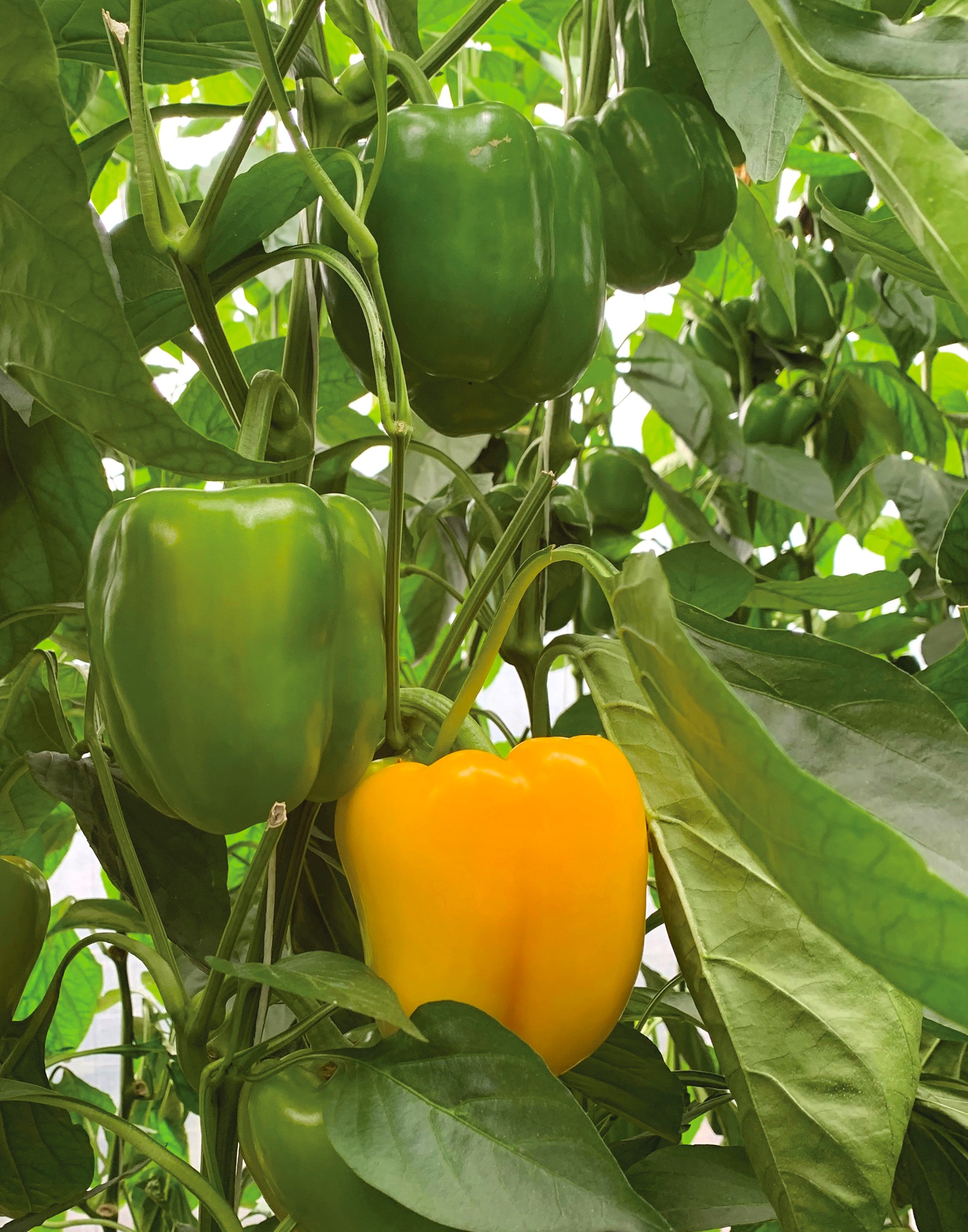
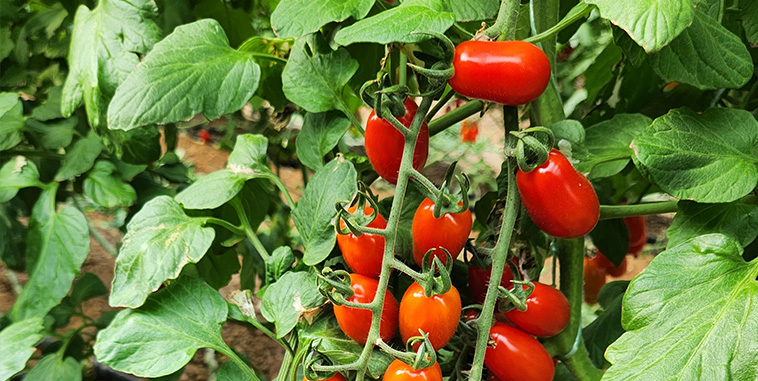
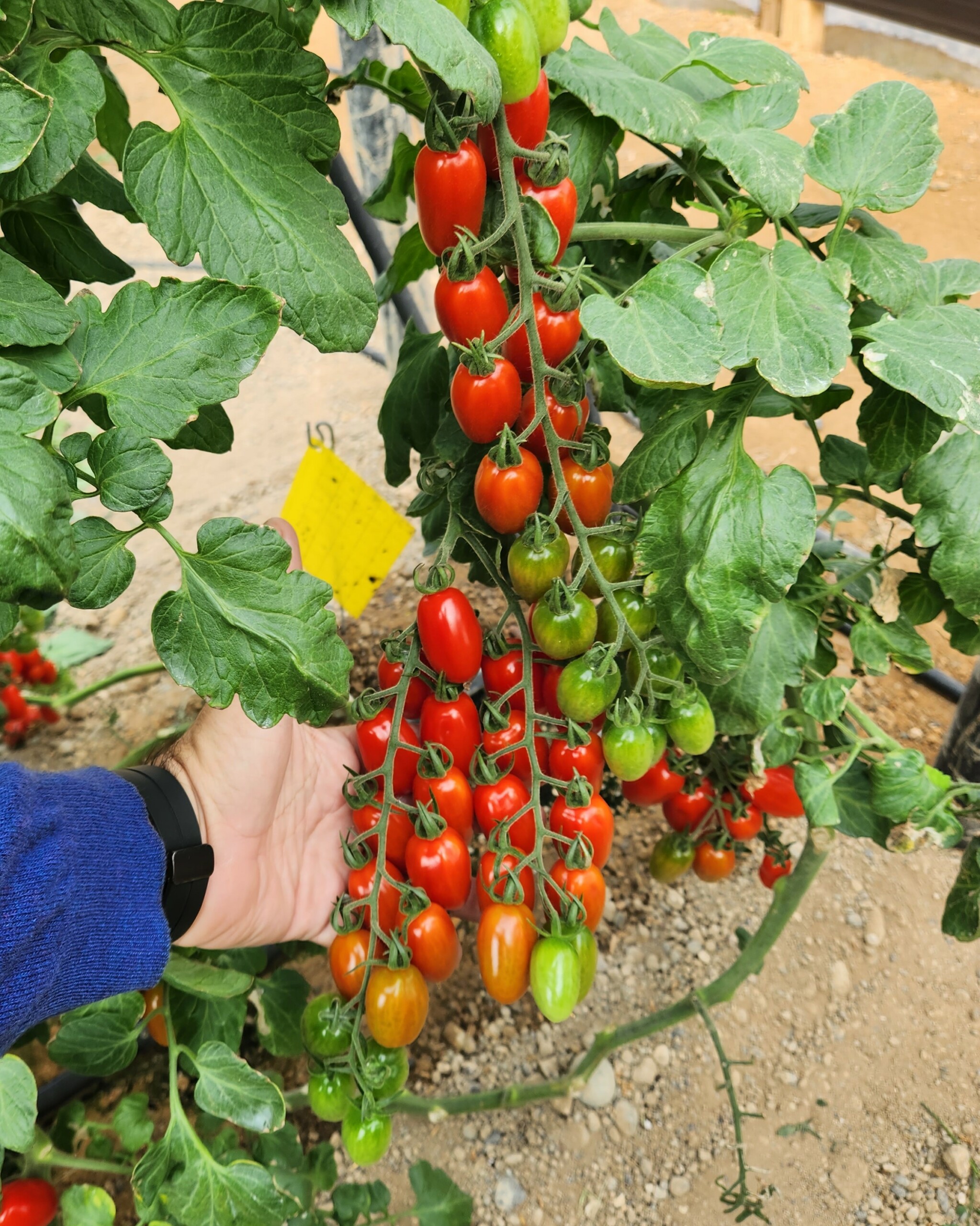
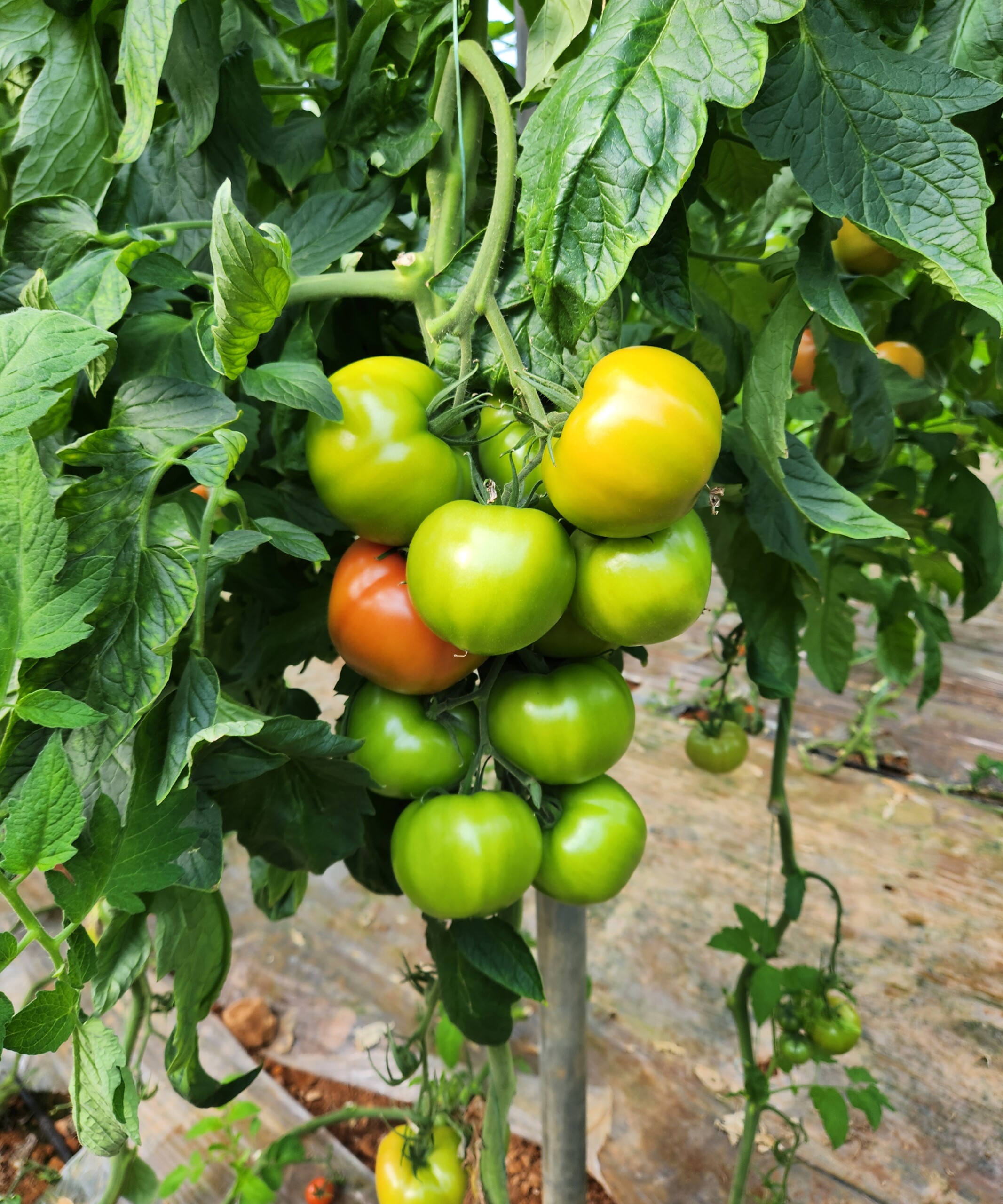
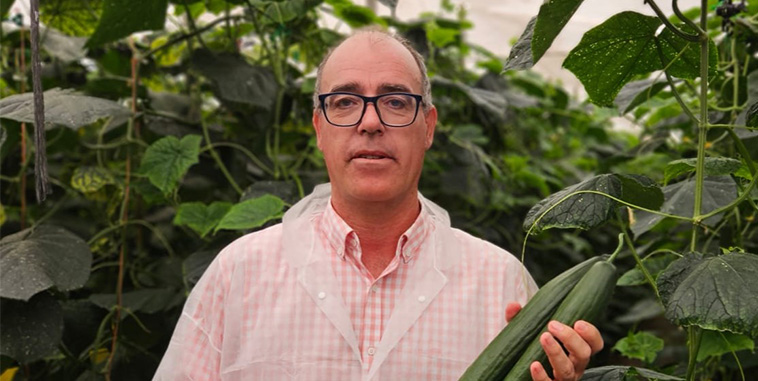
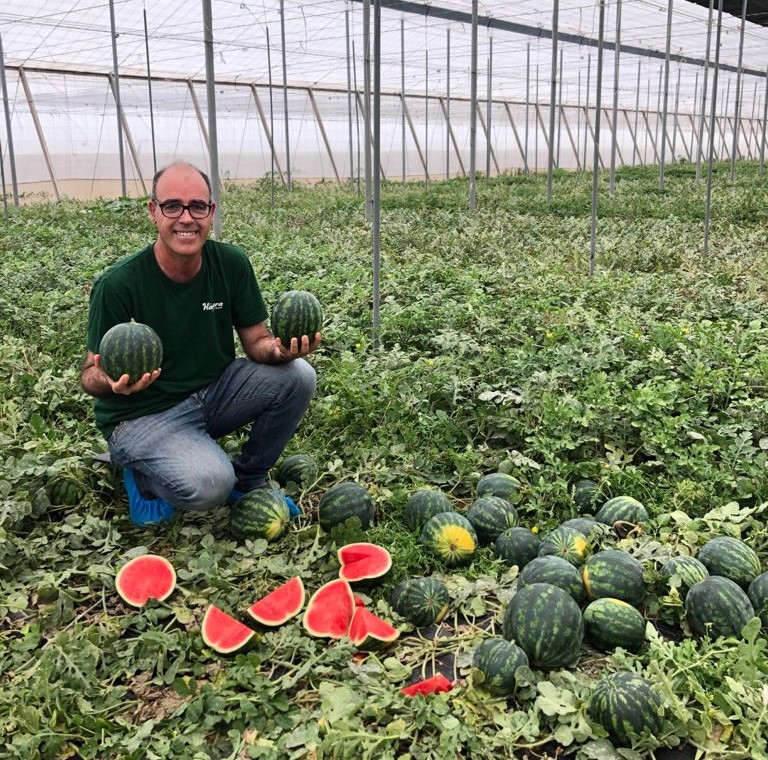
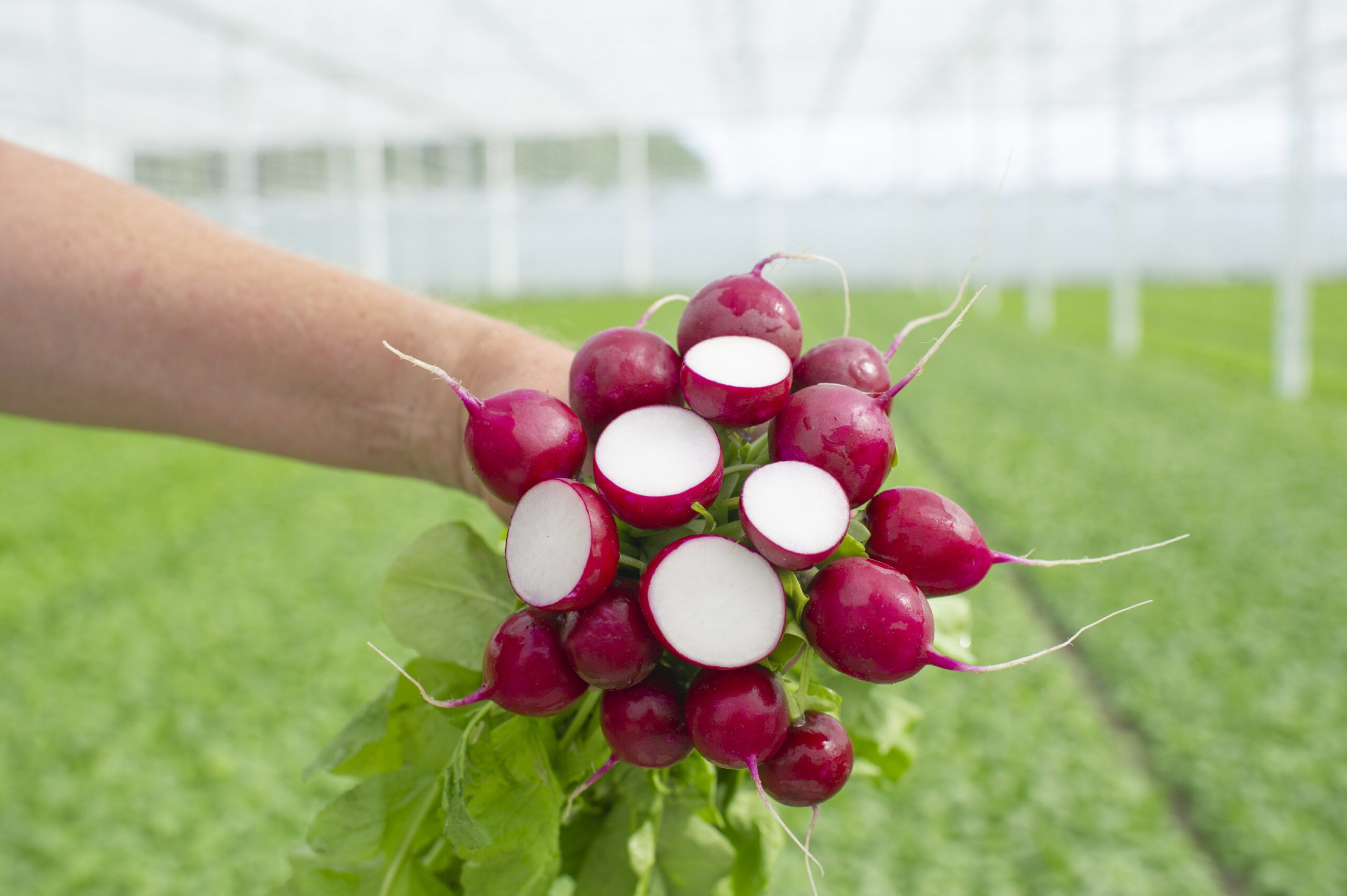
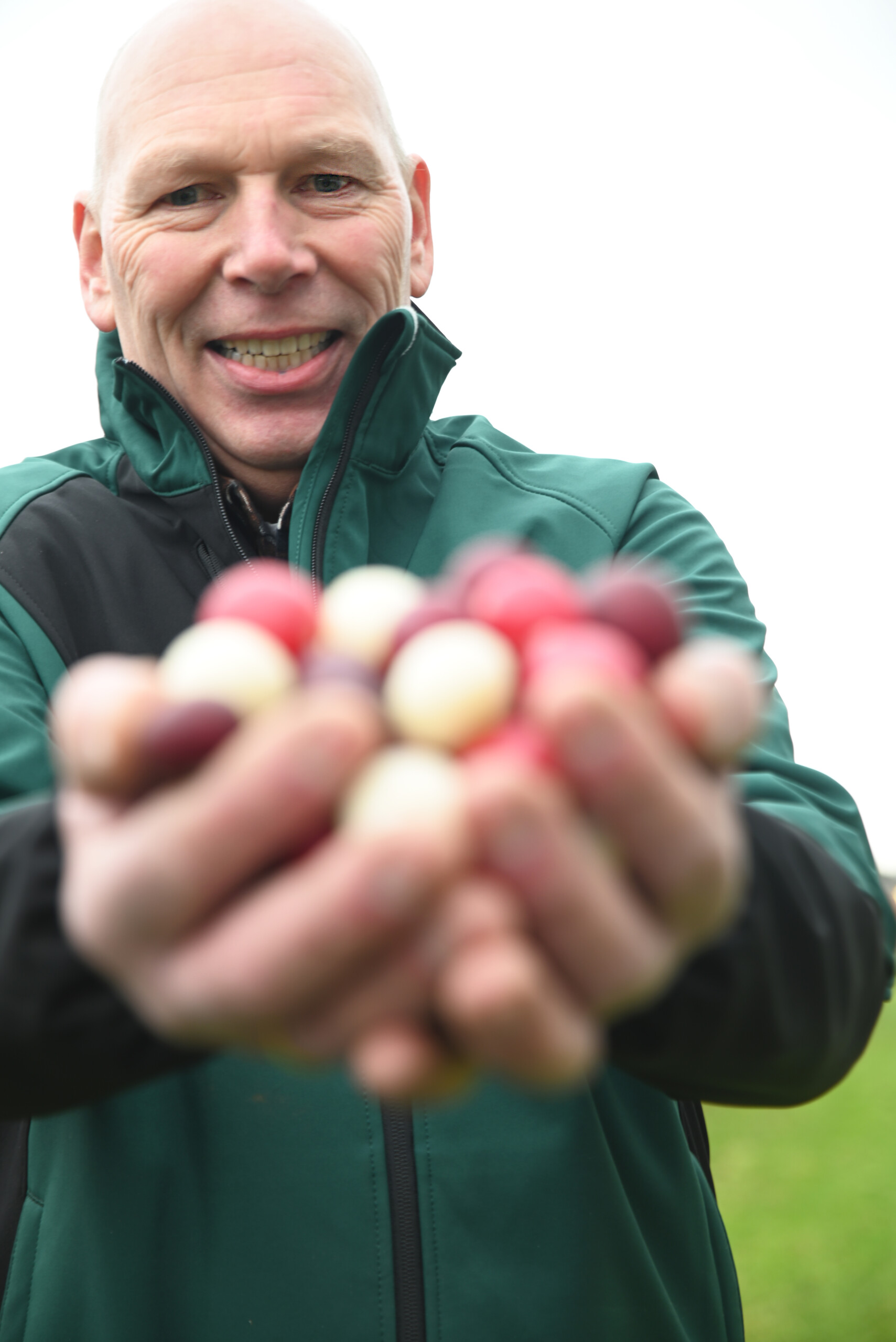
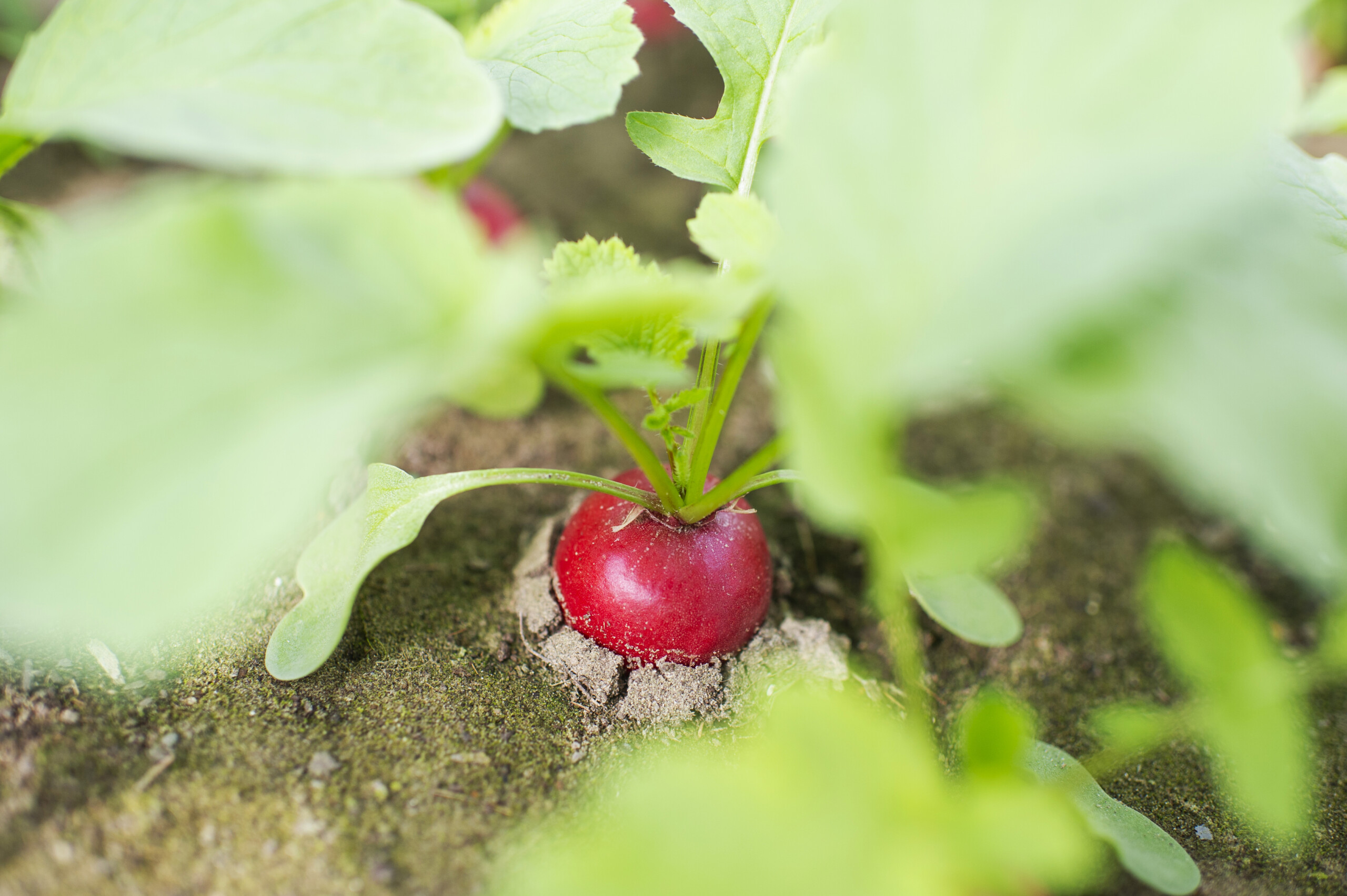
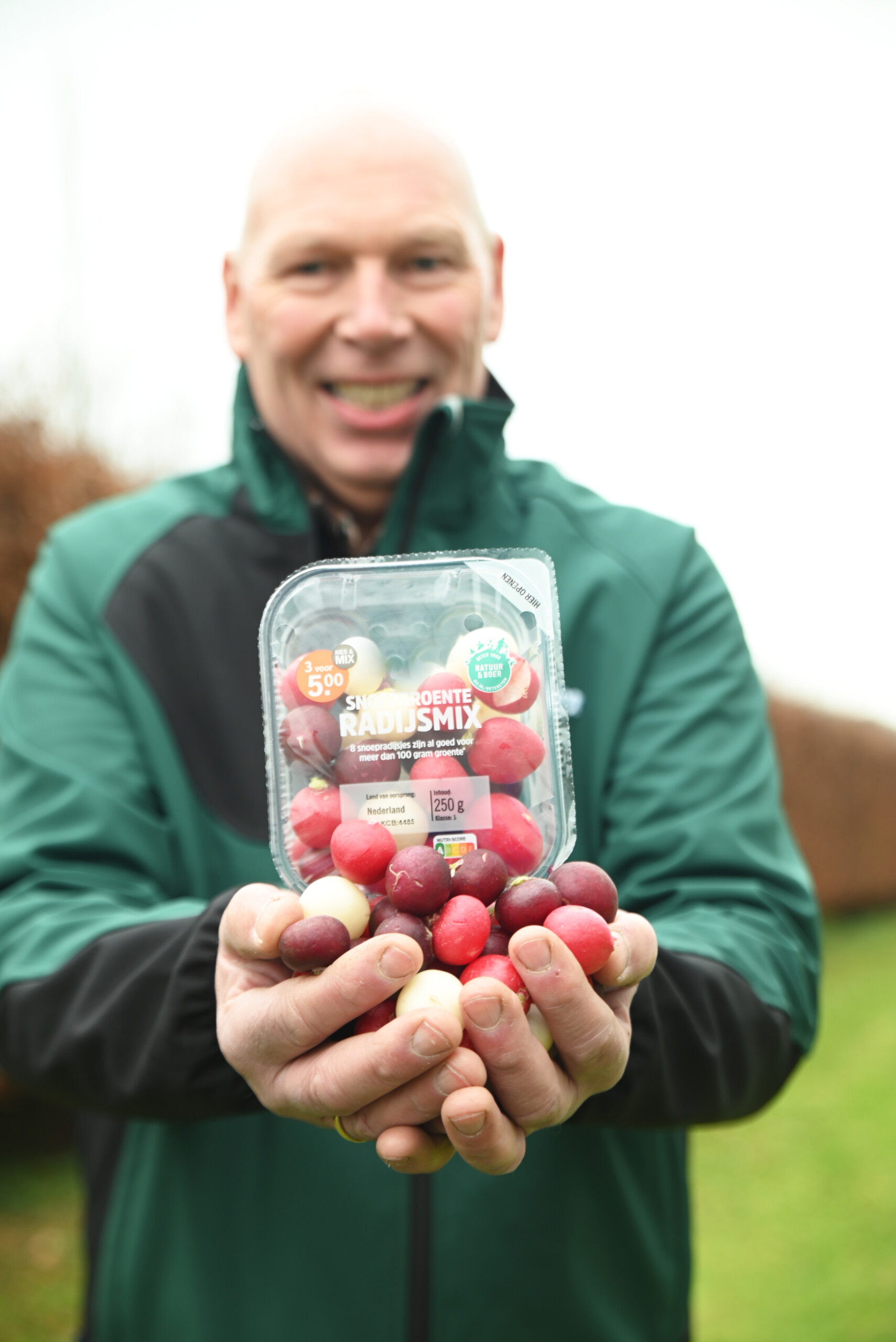
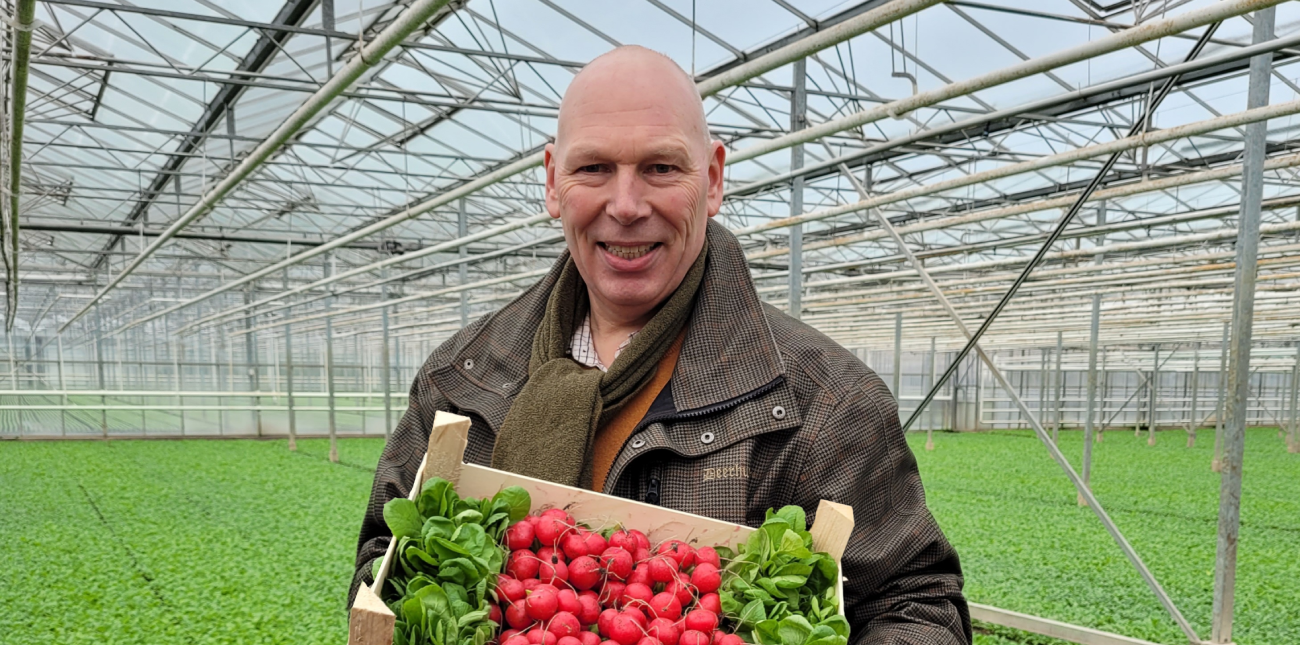
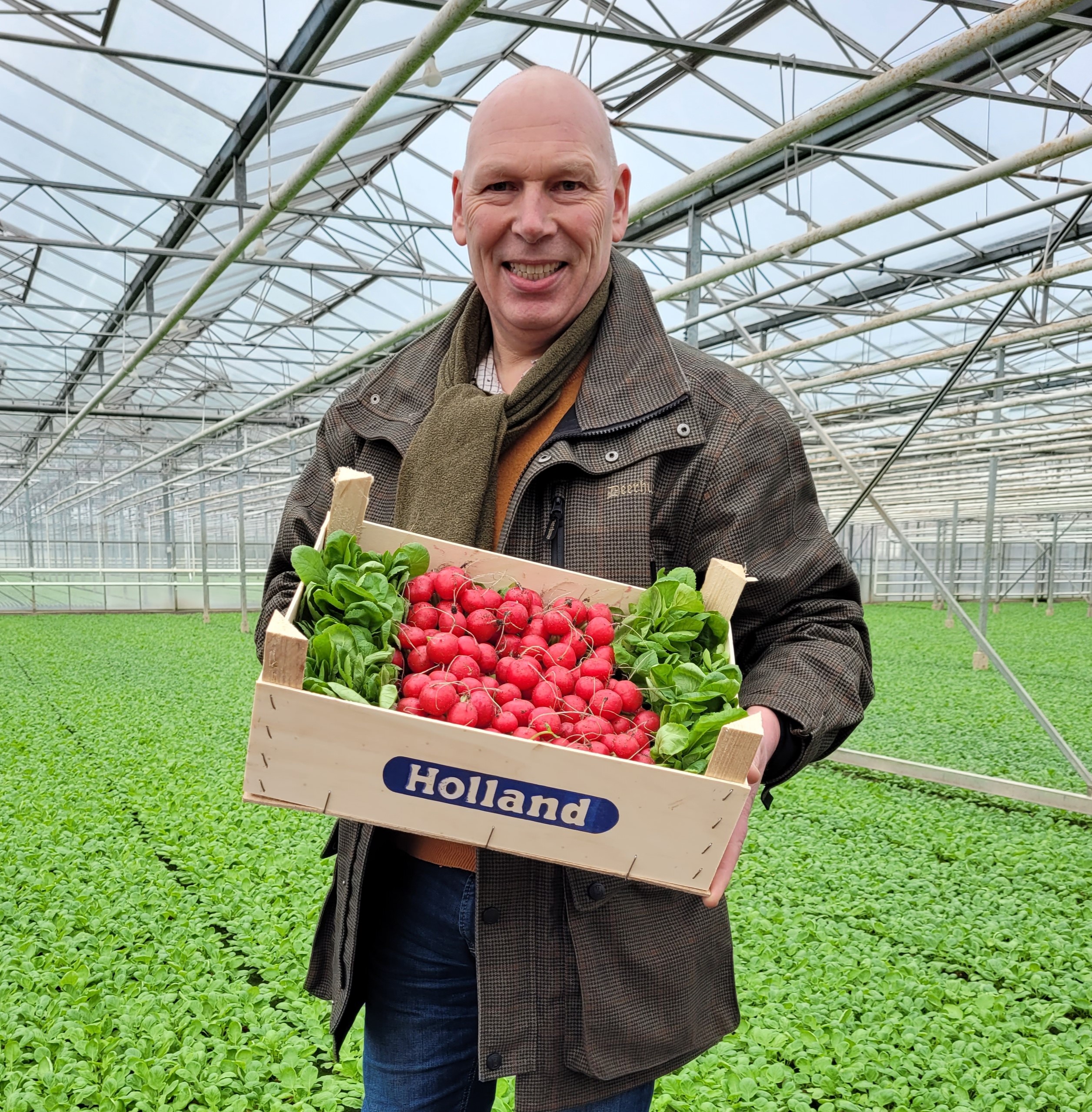
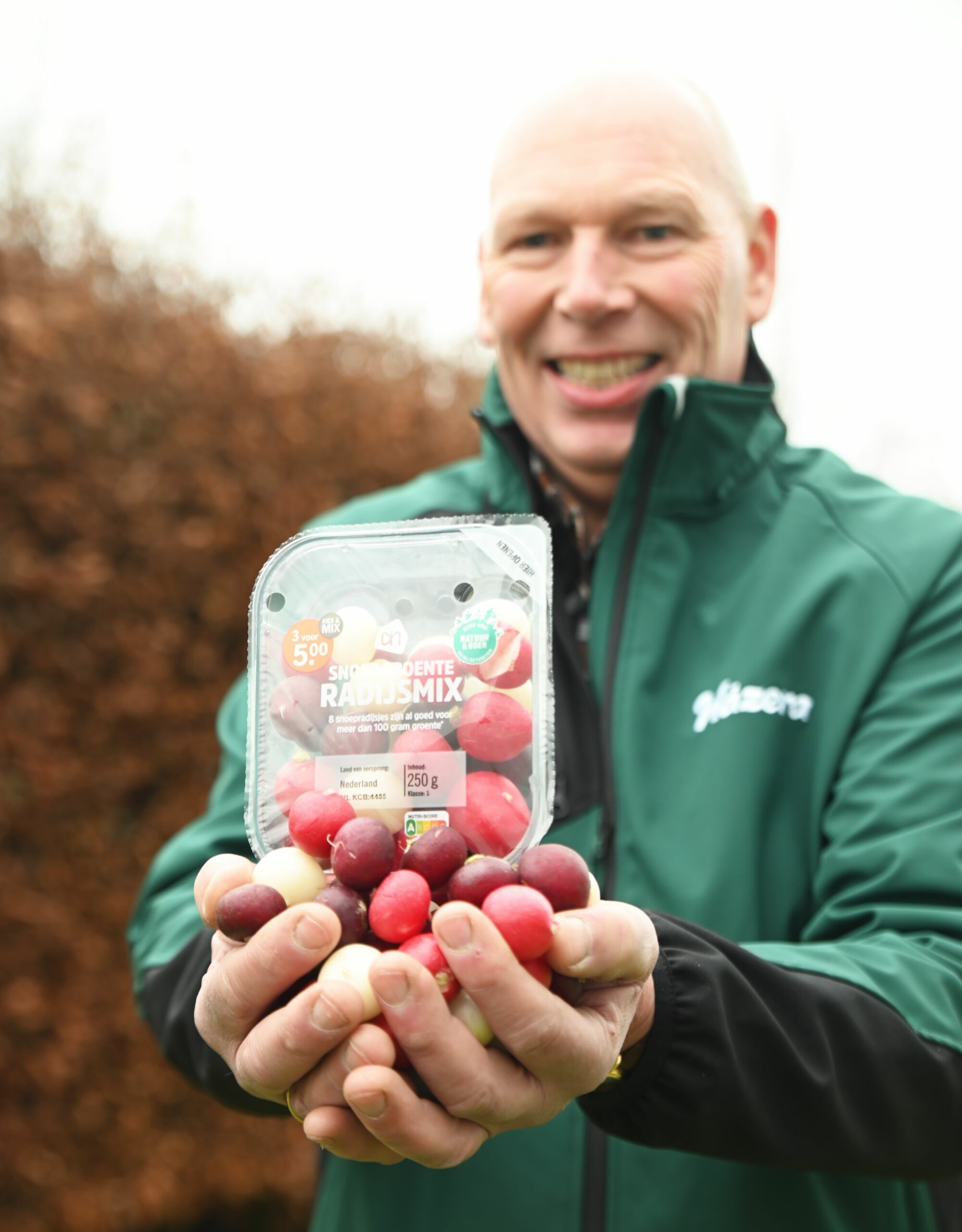
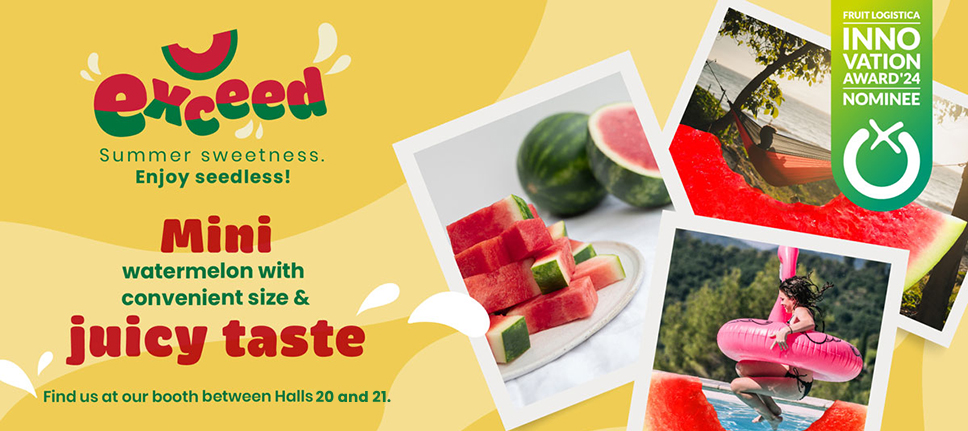
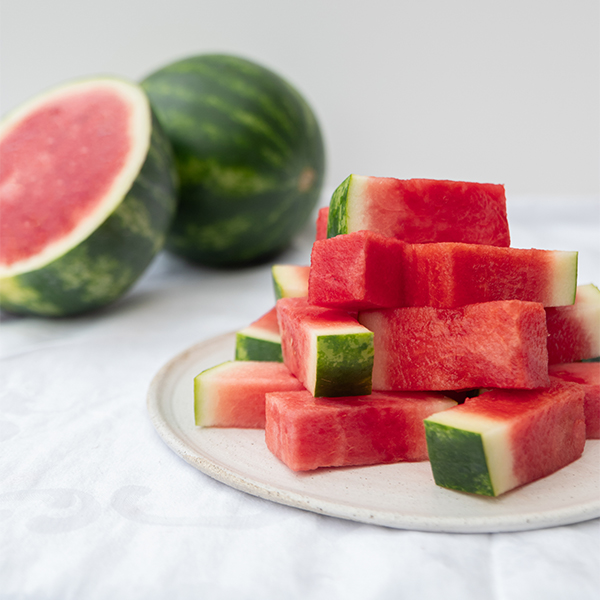
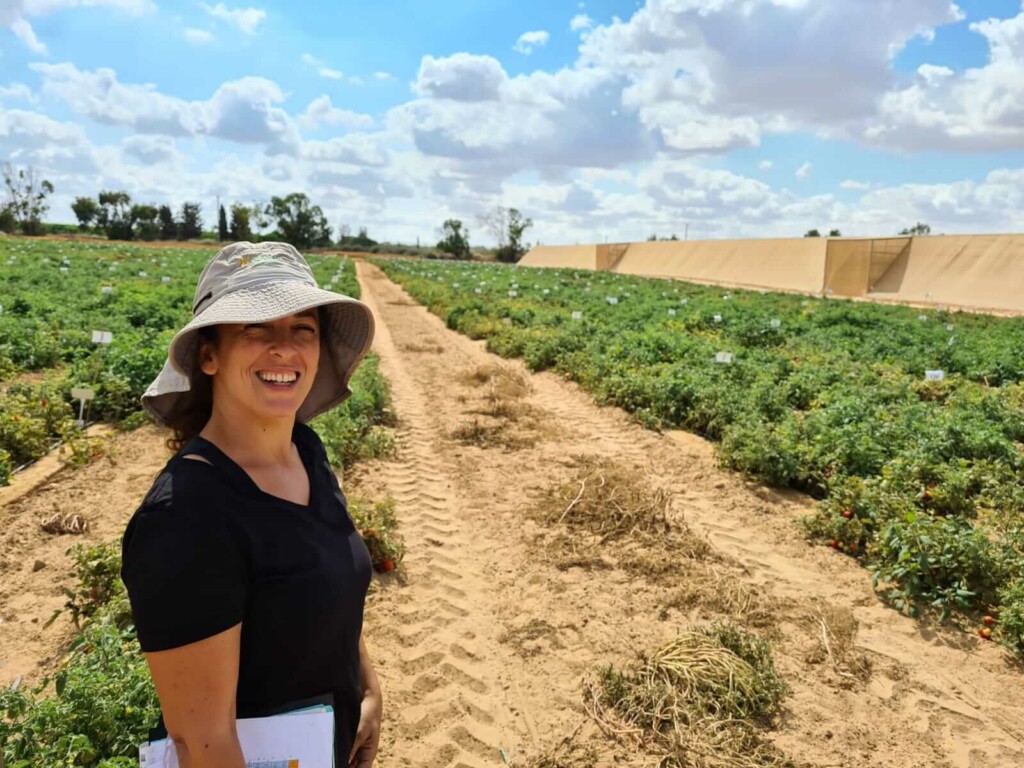
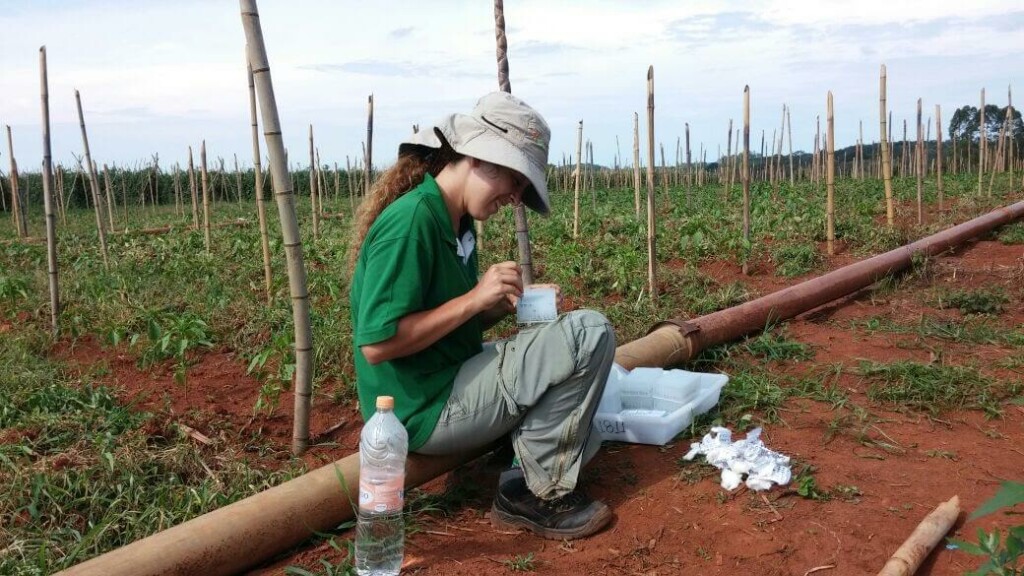
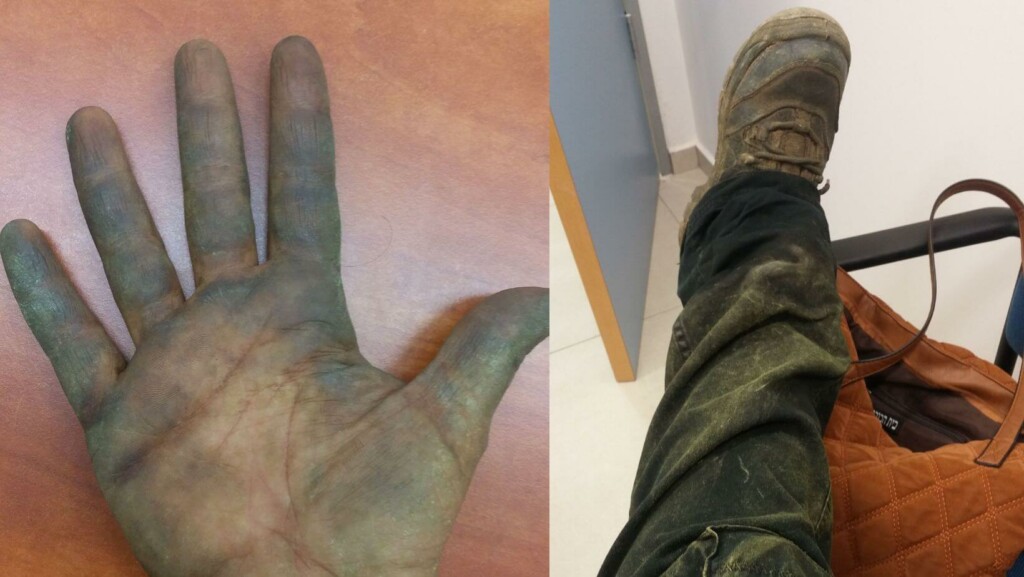
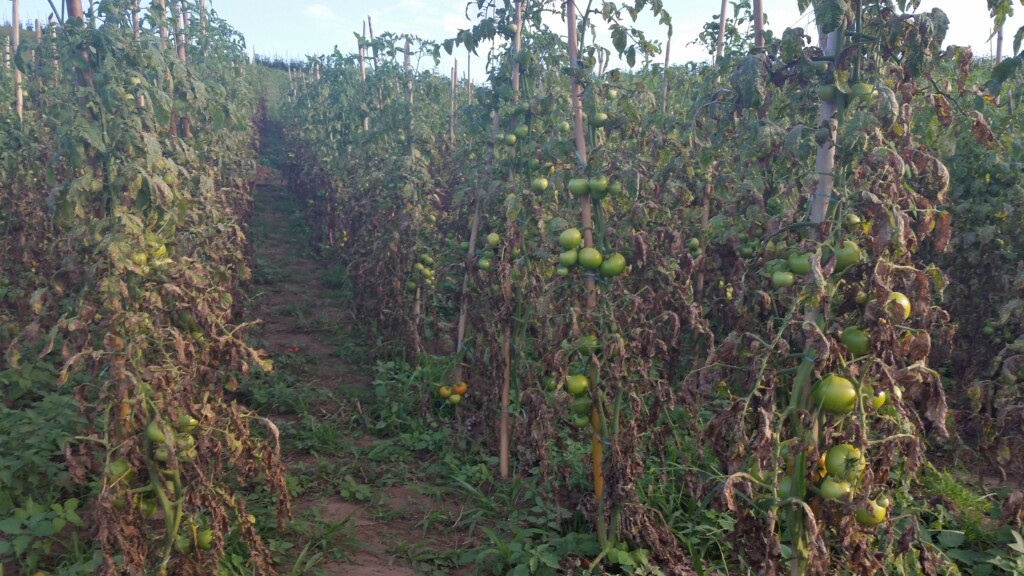
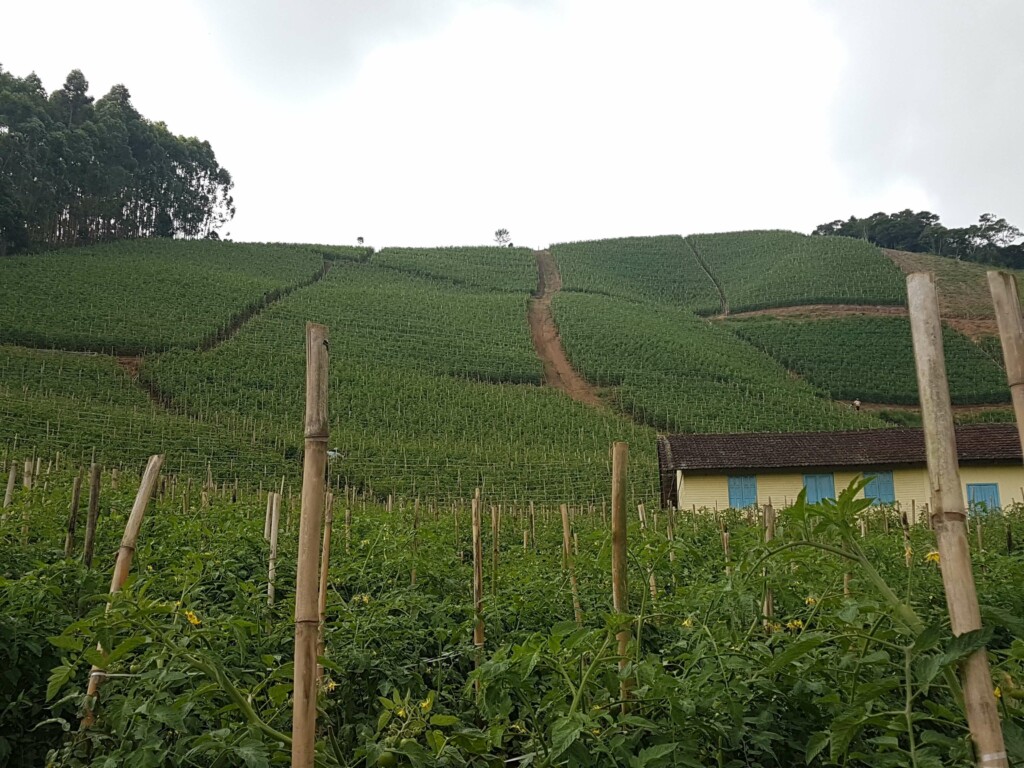
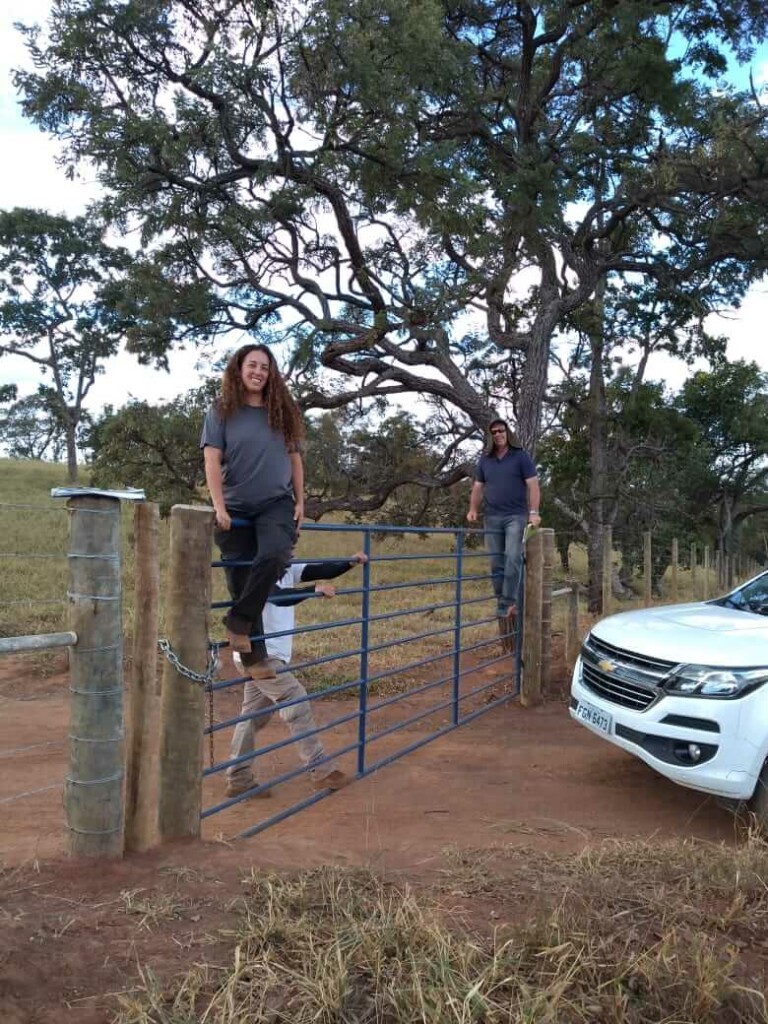

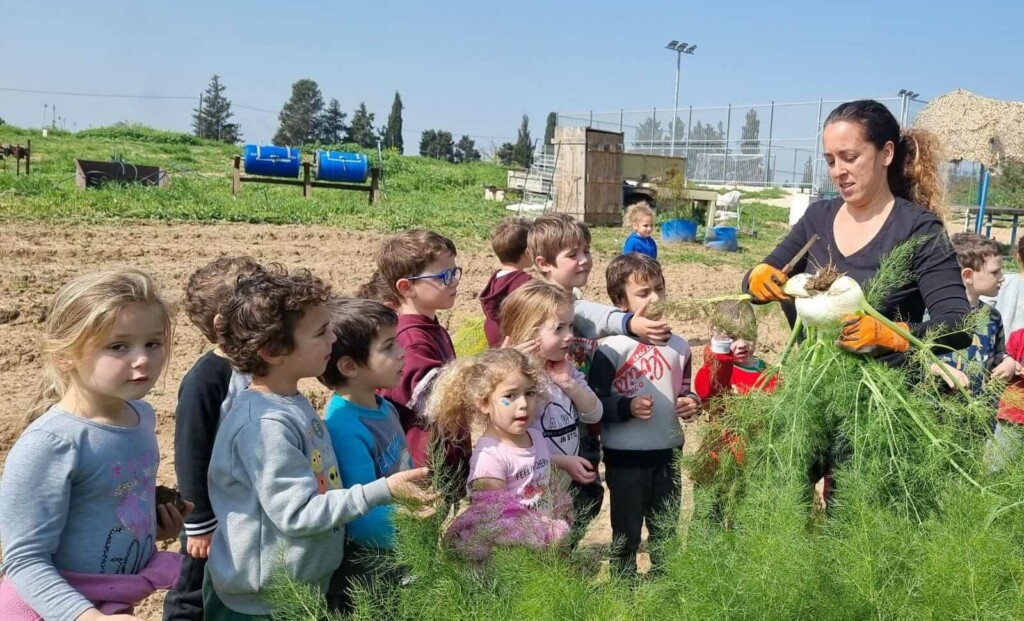
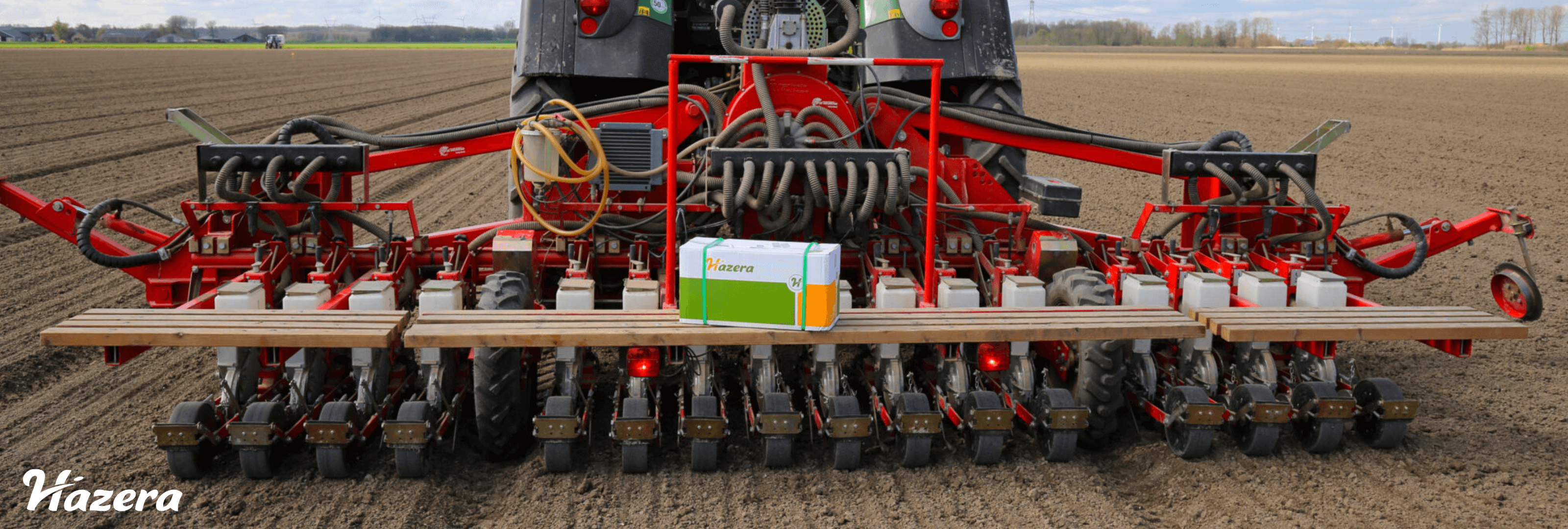
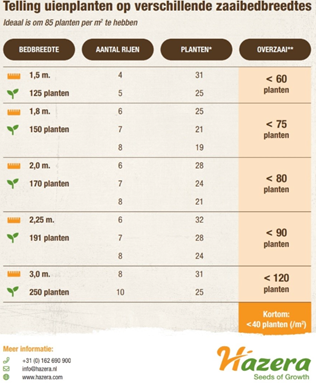
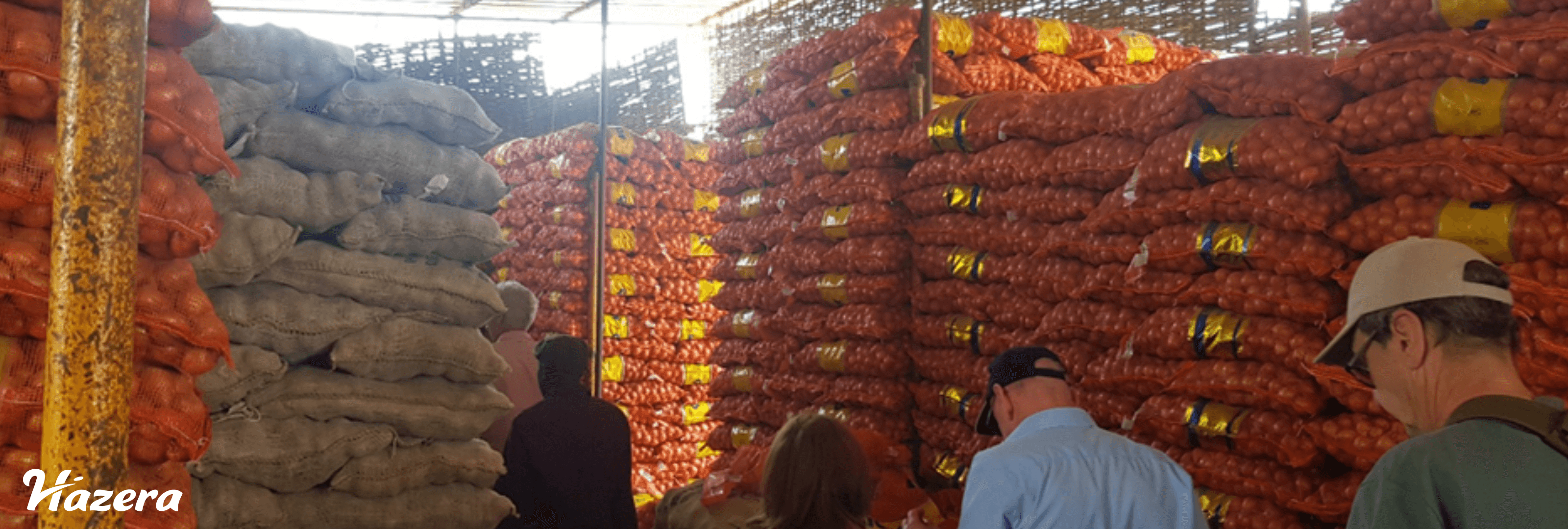

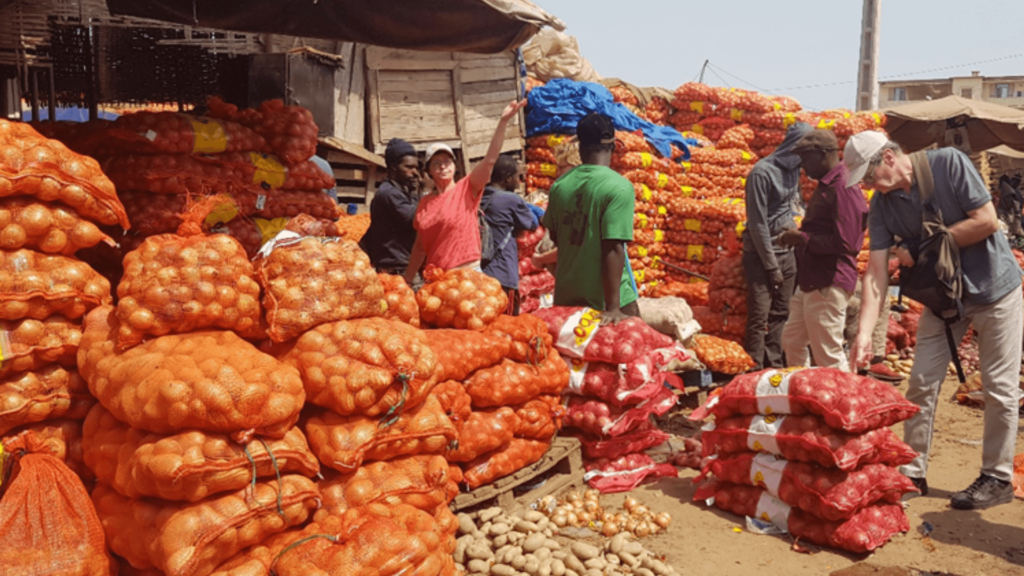
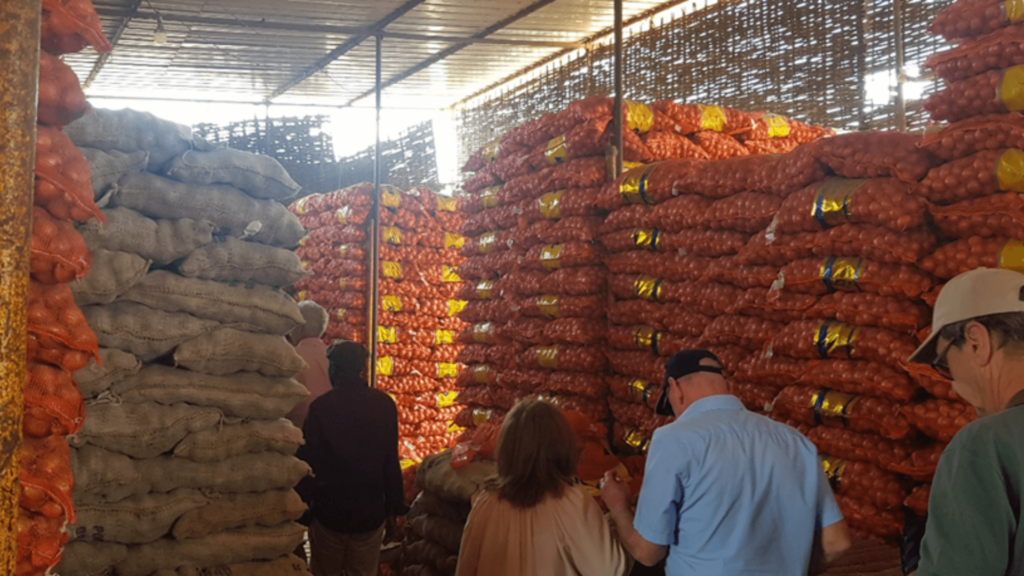
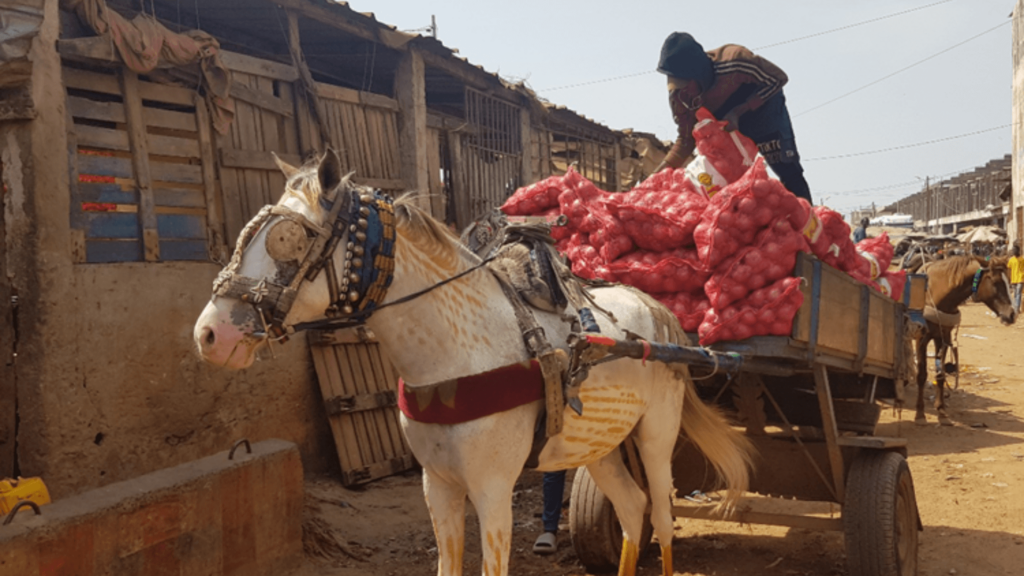
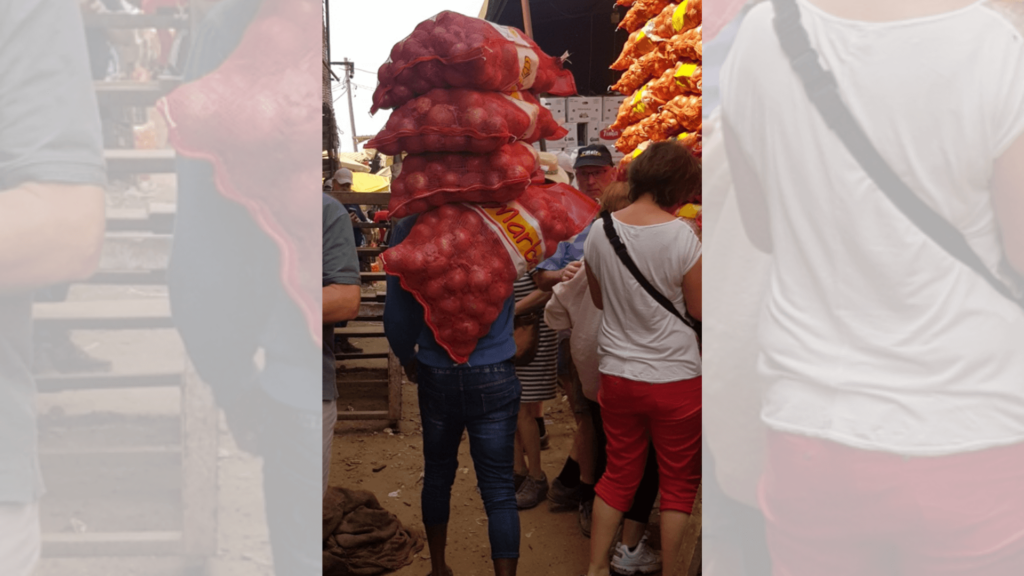
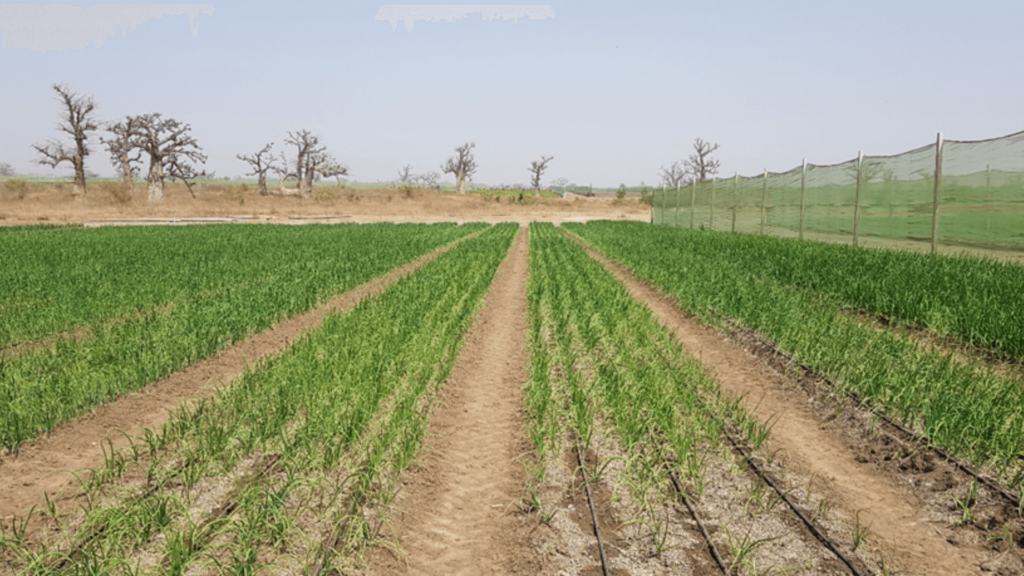
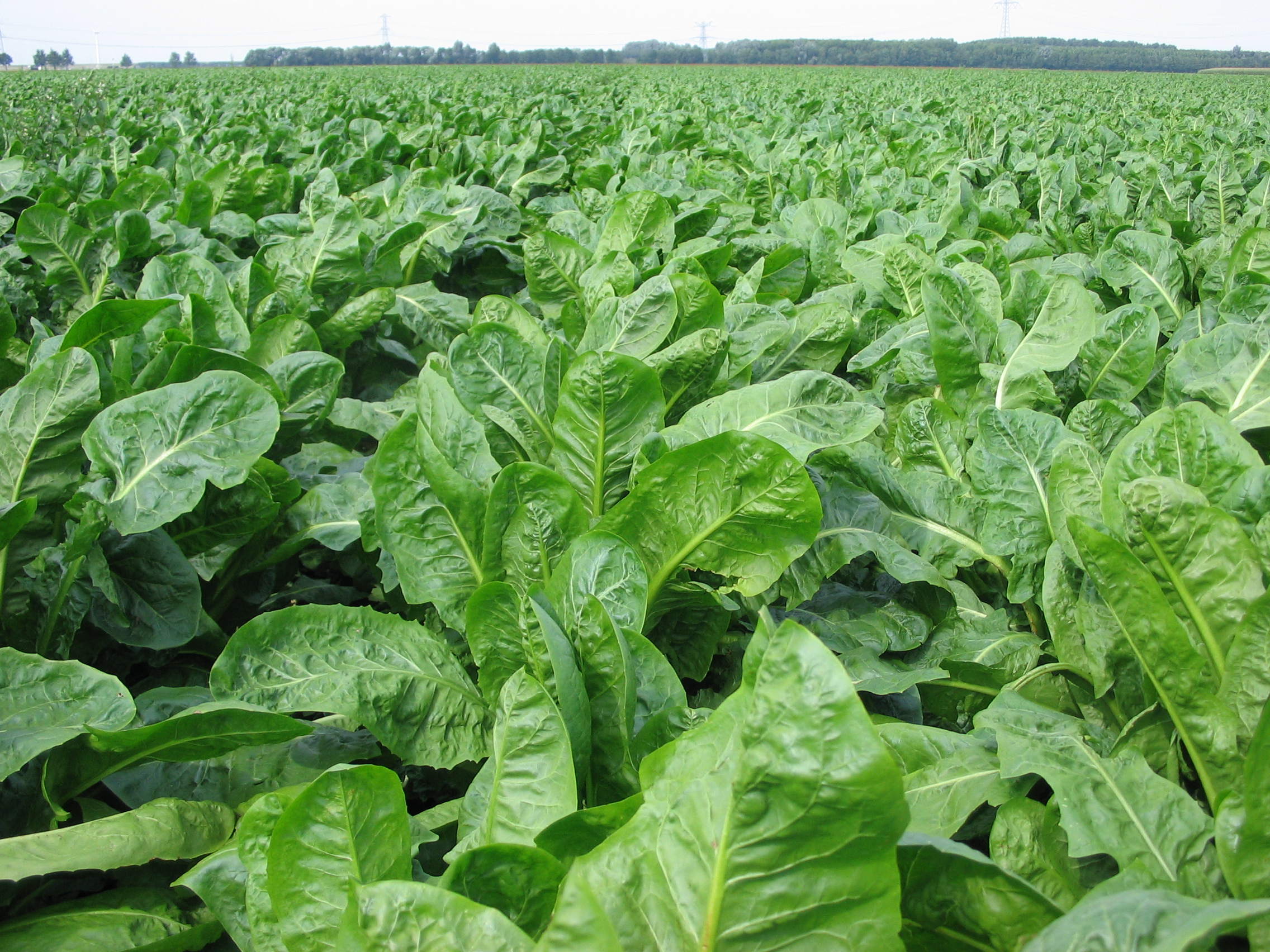
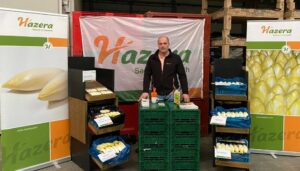

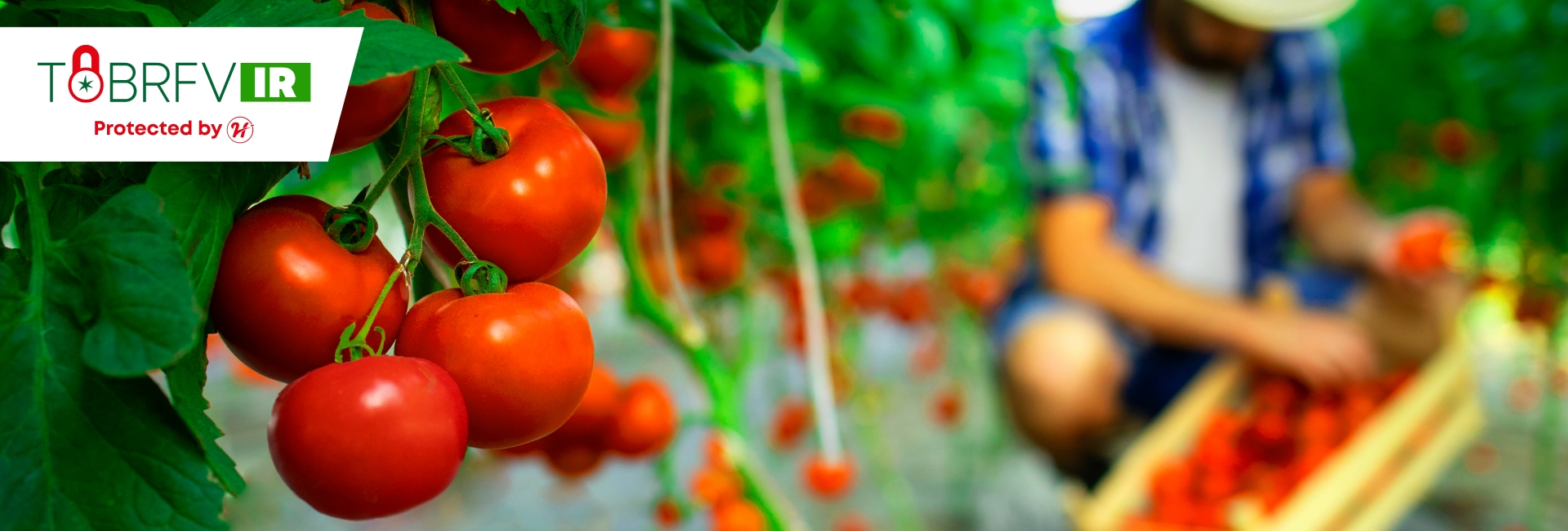
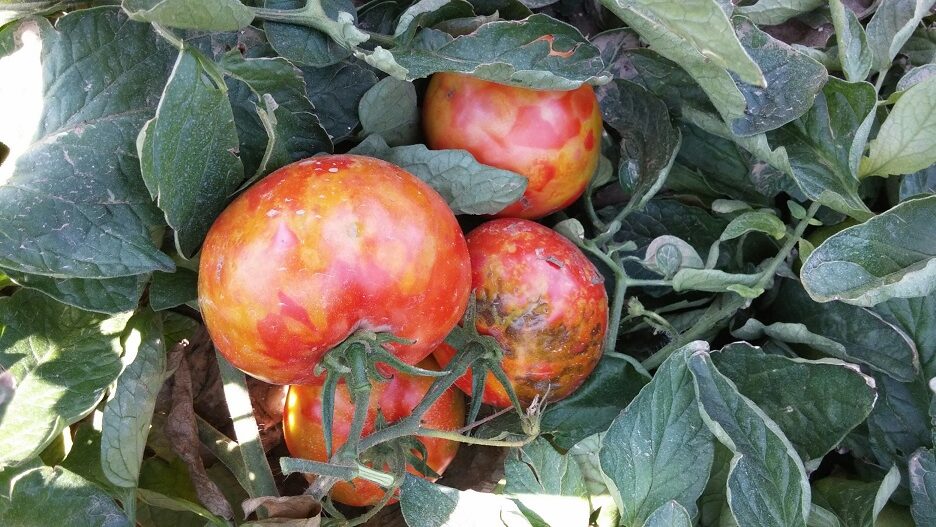
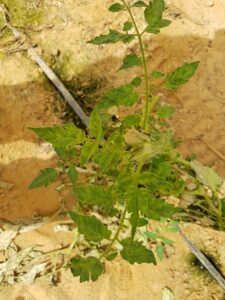
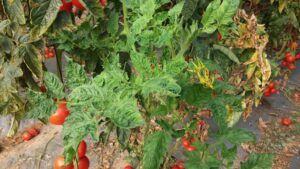
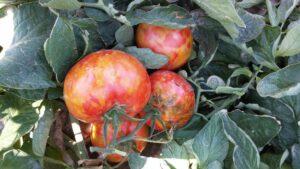
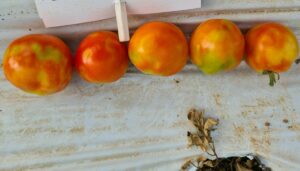
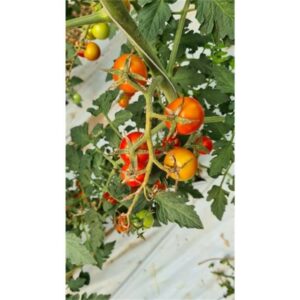
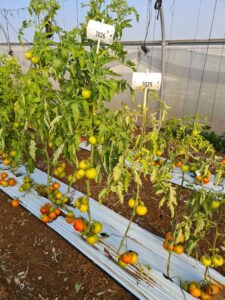
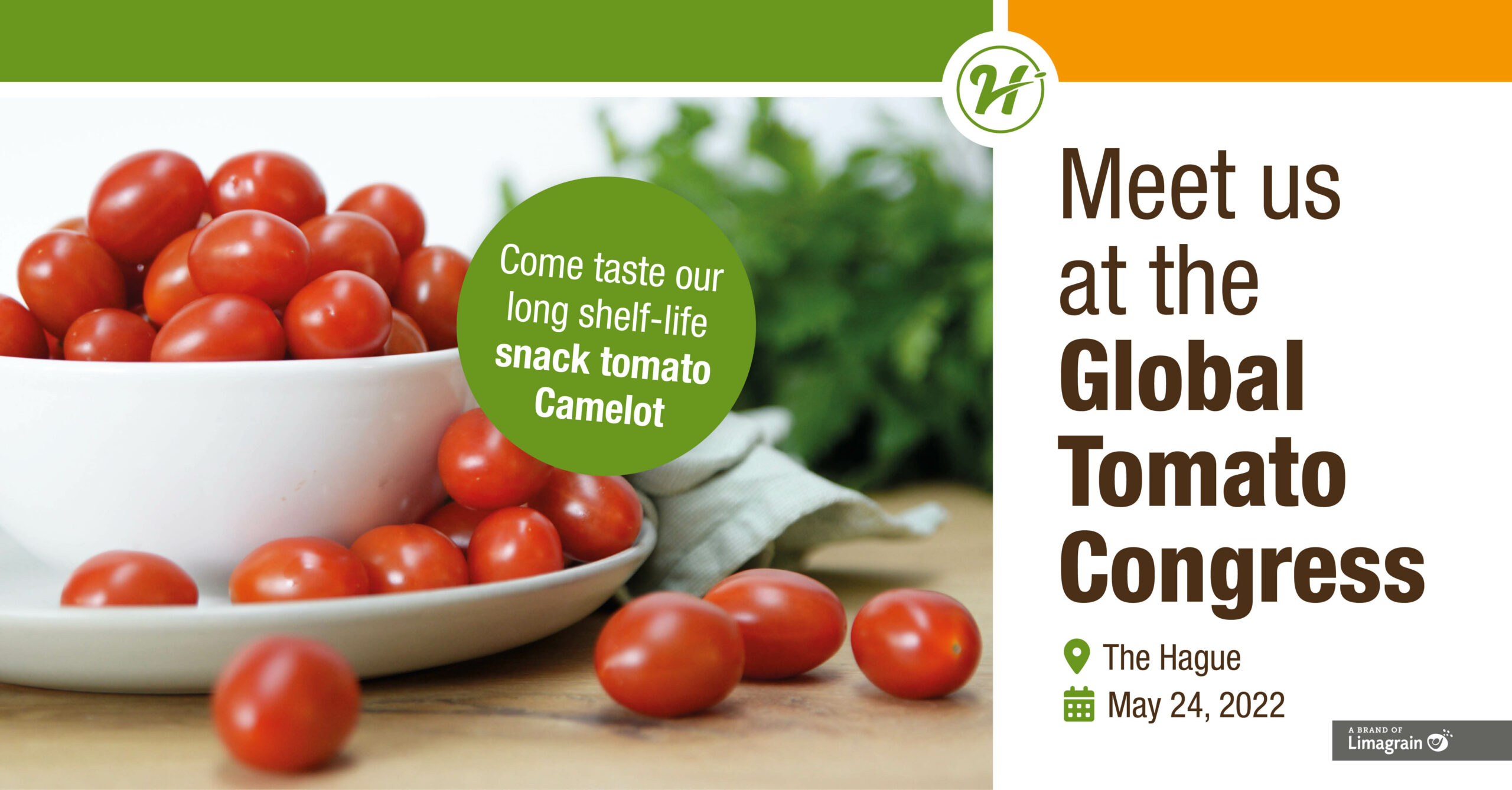
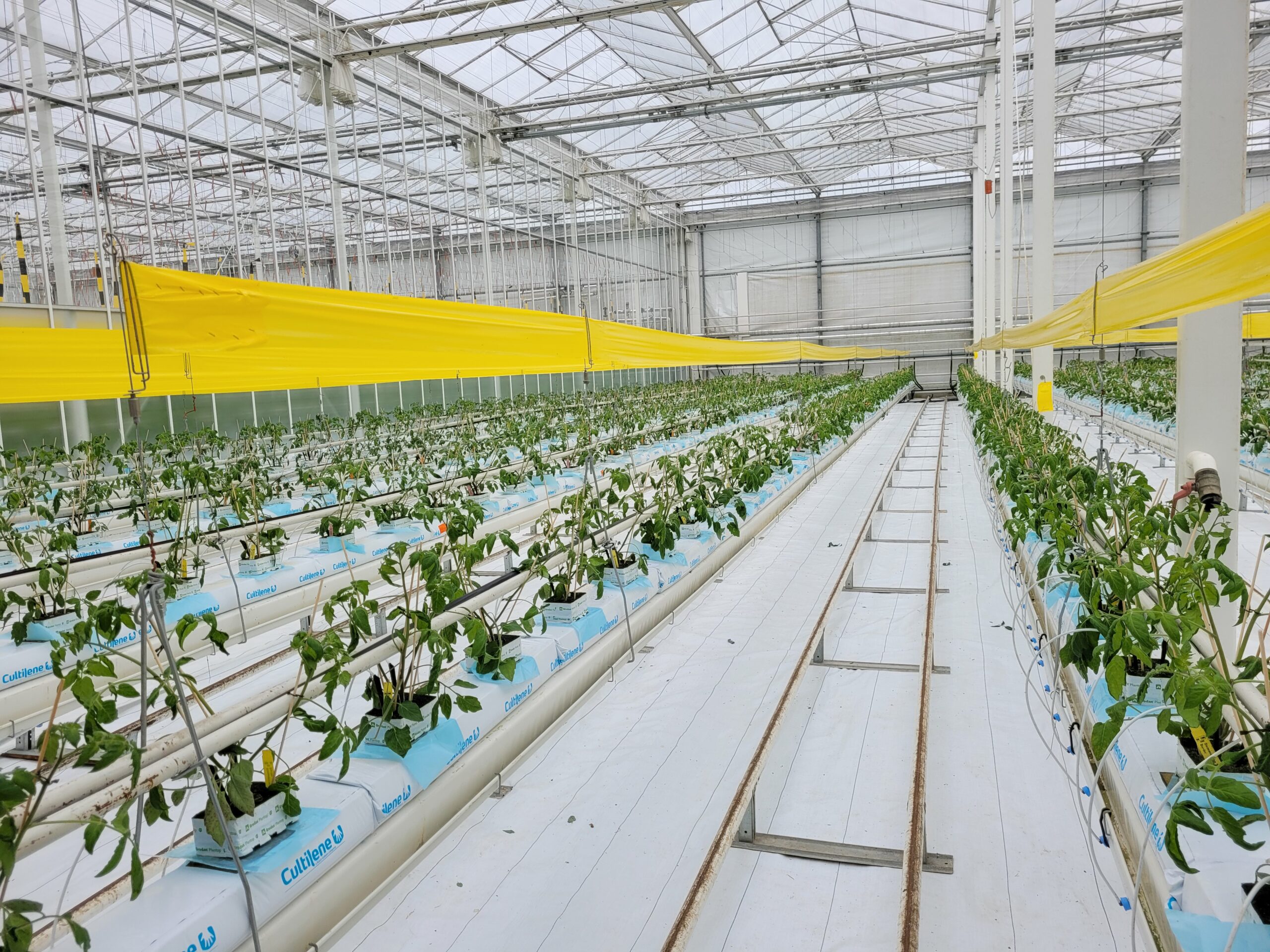
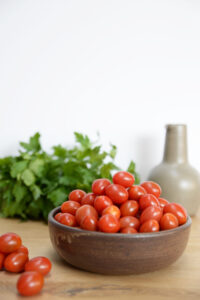 Camelot
Camelot